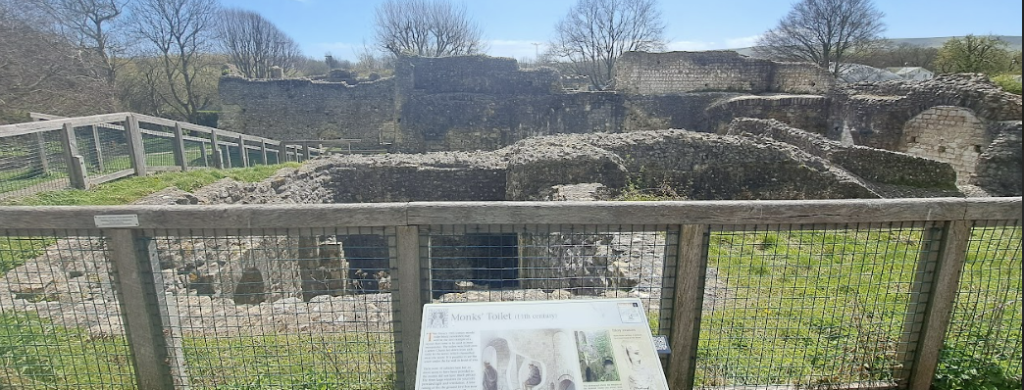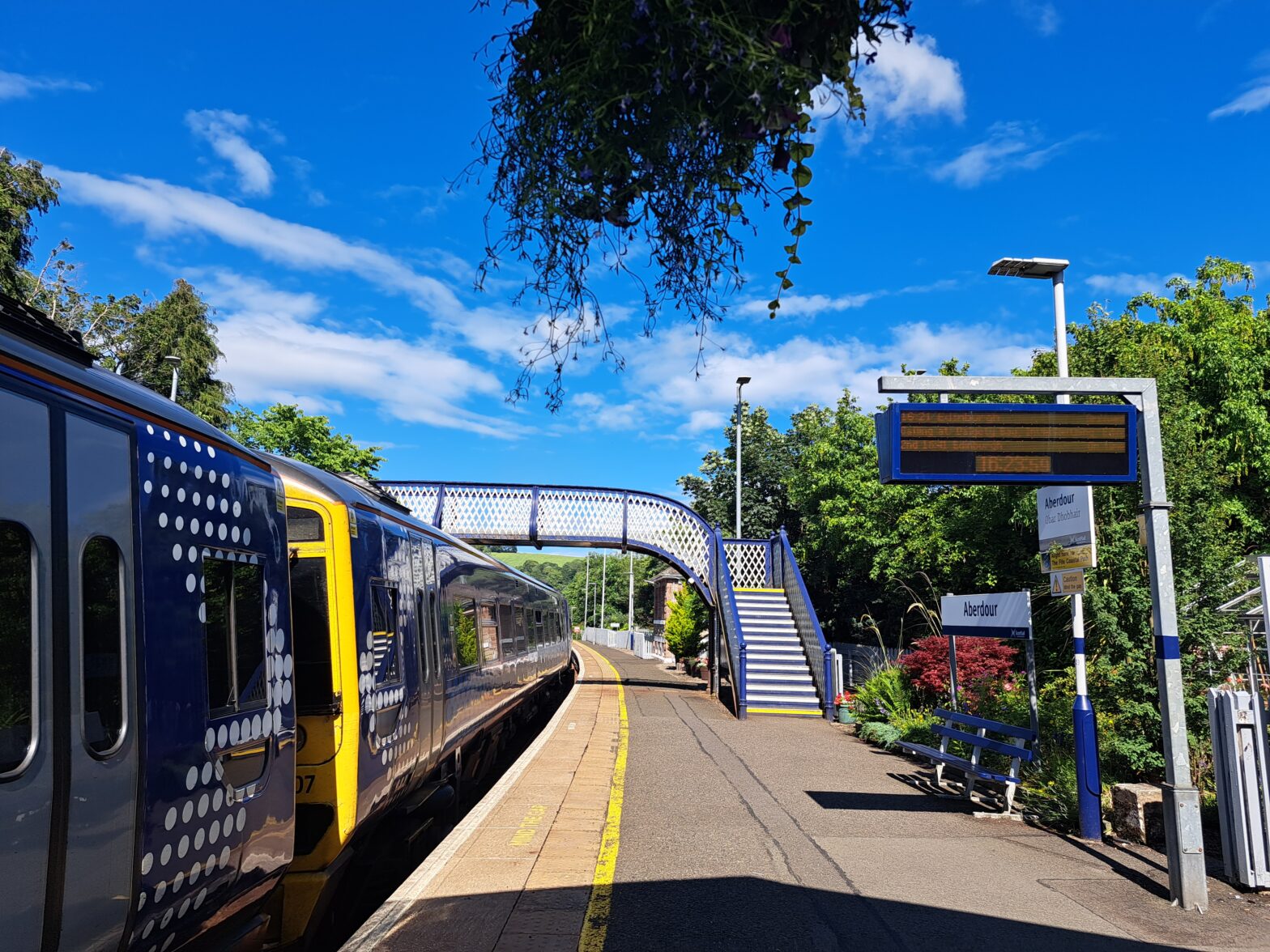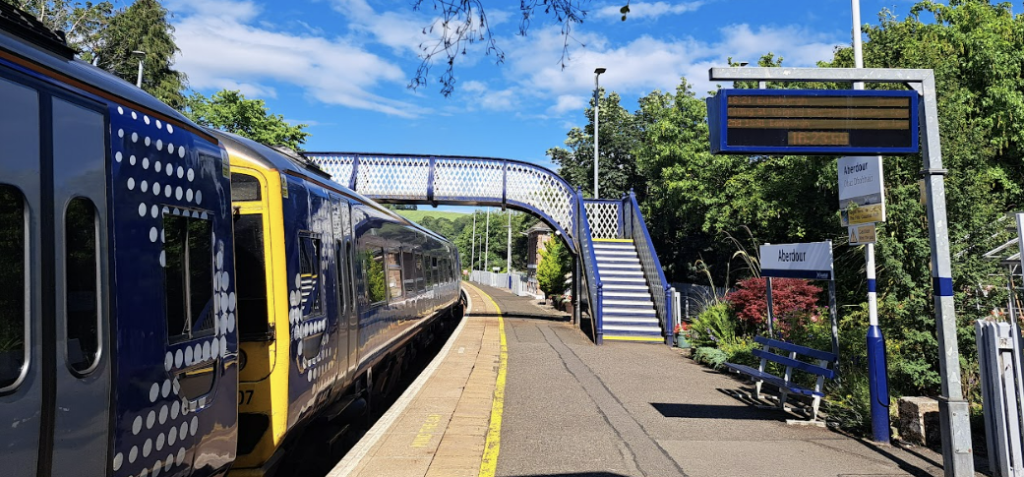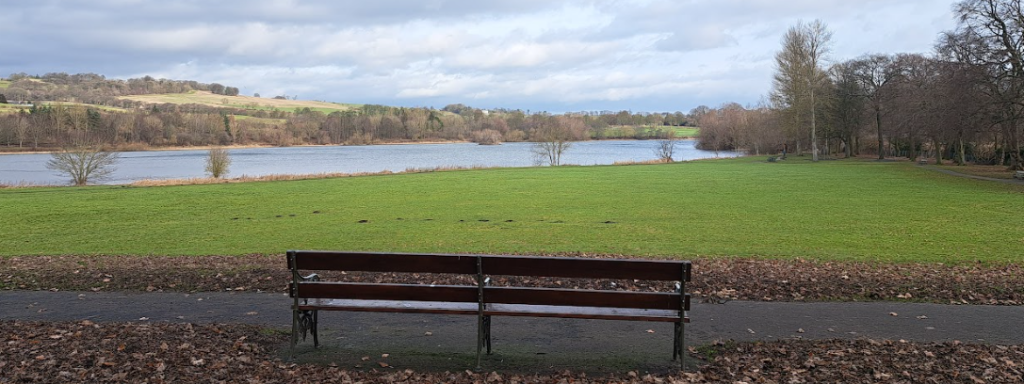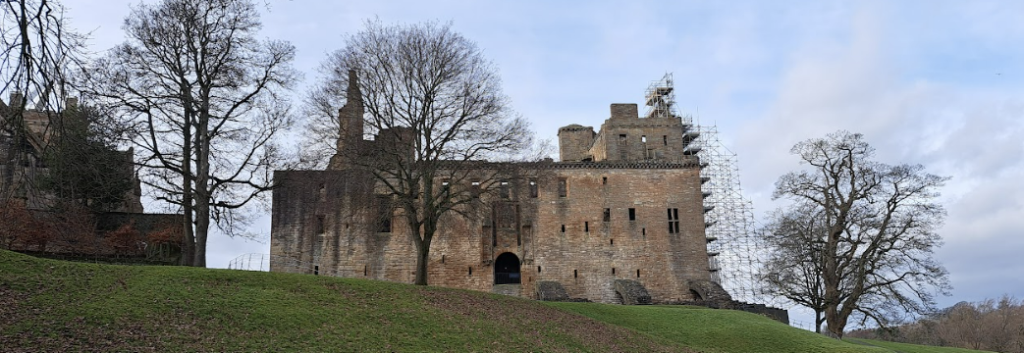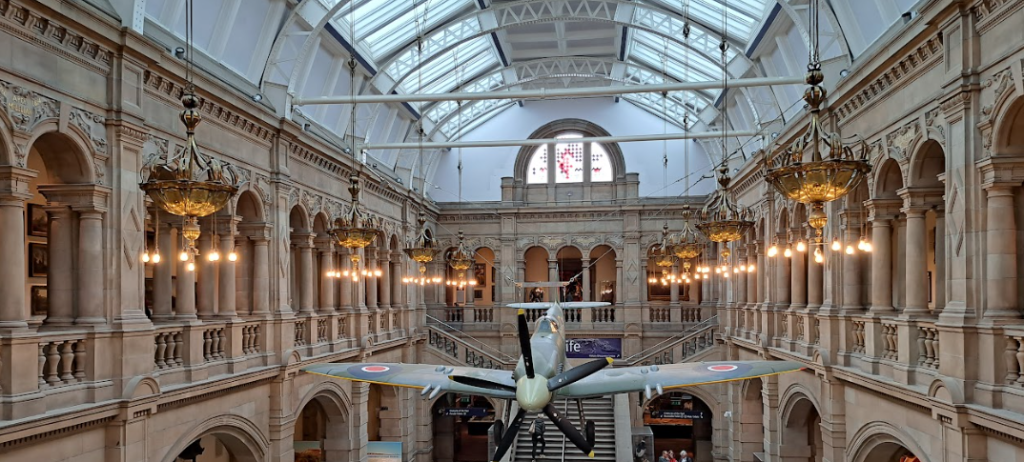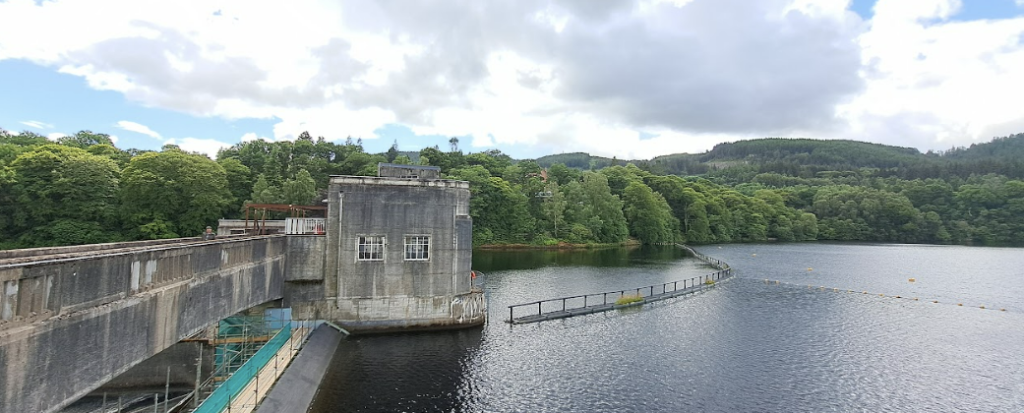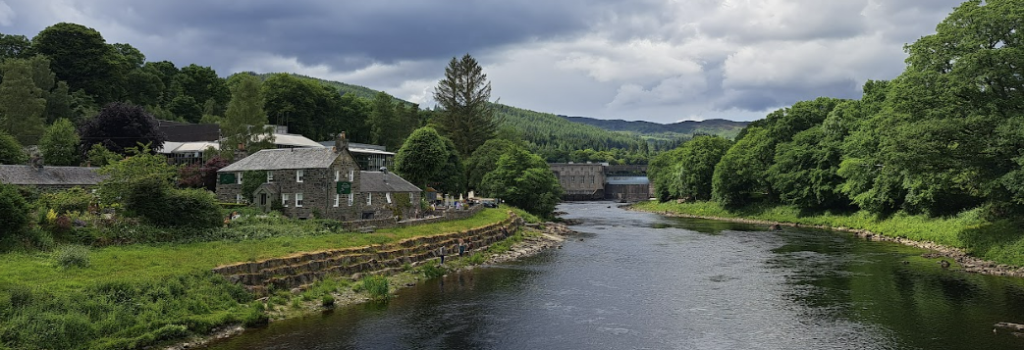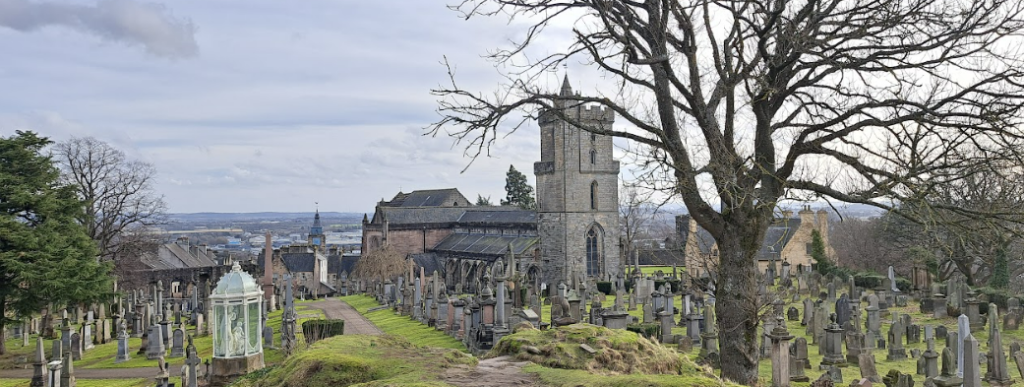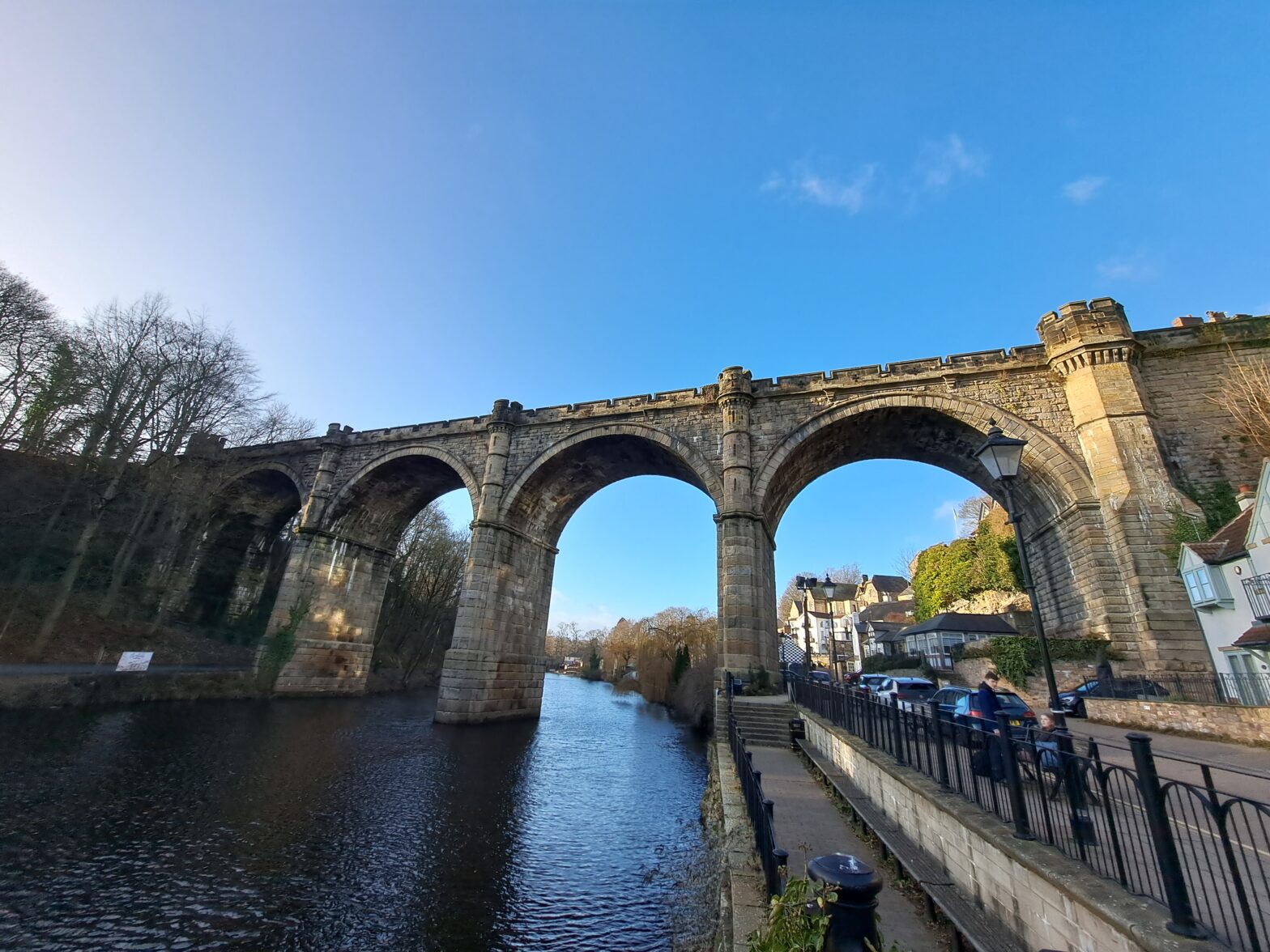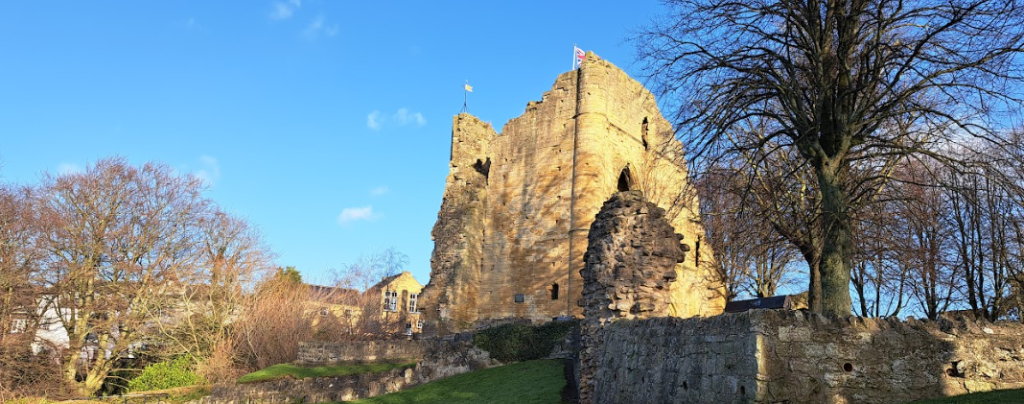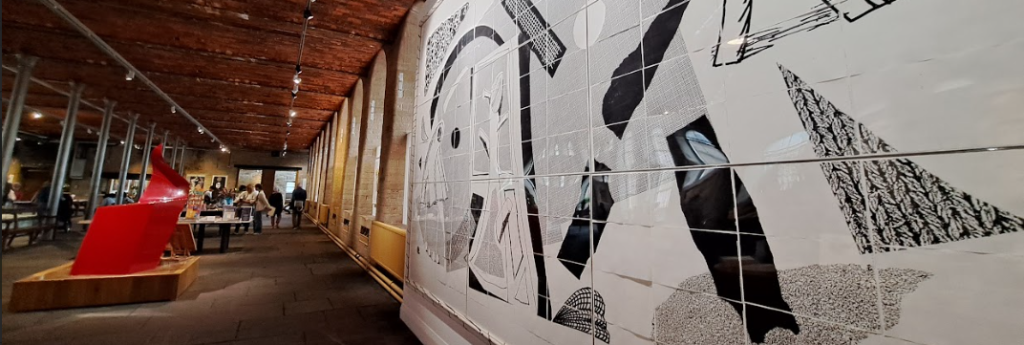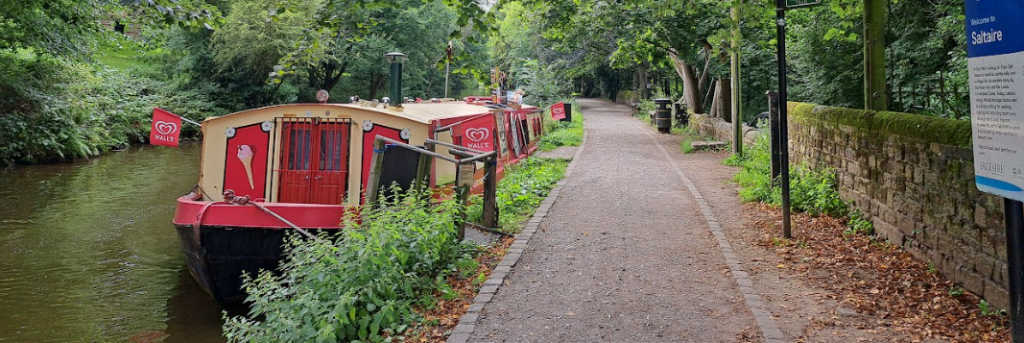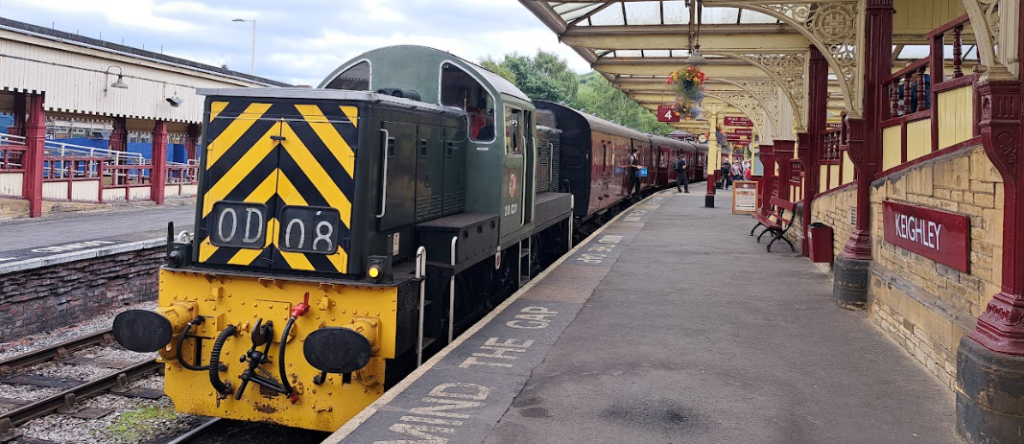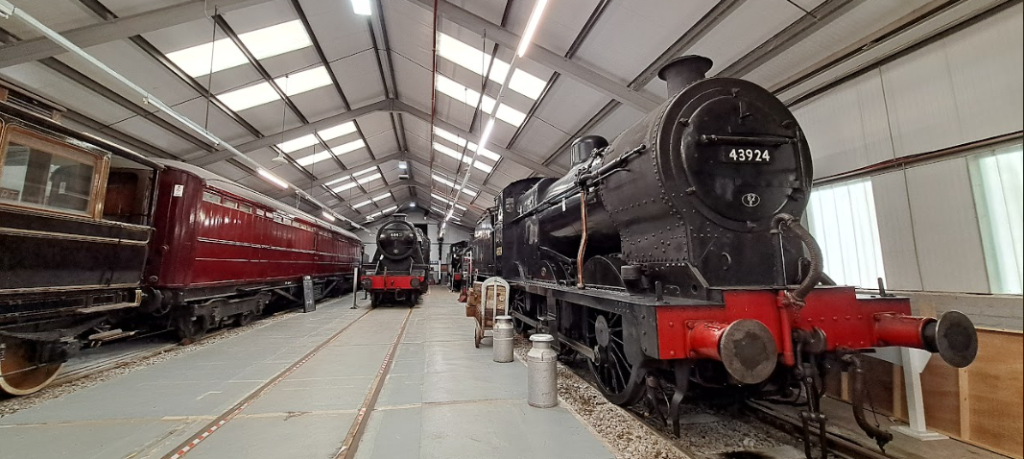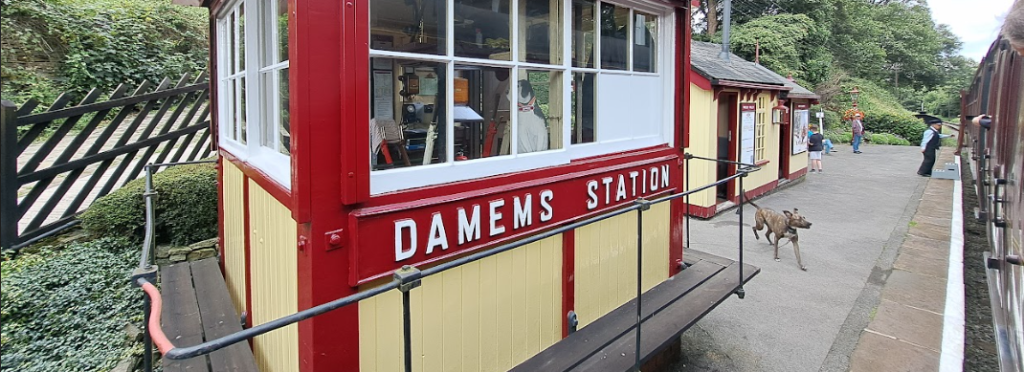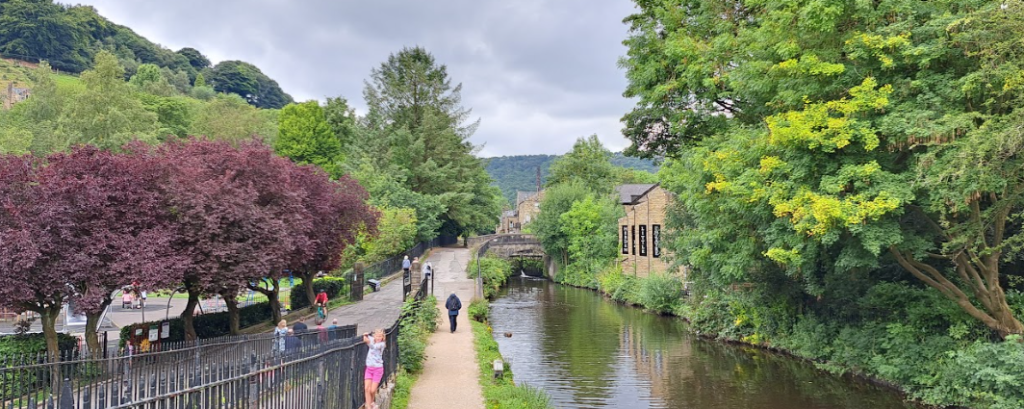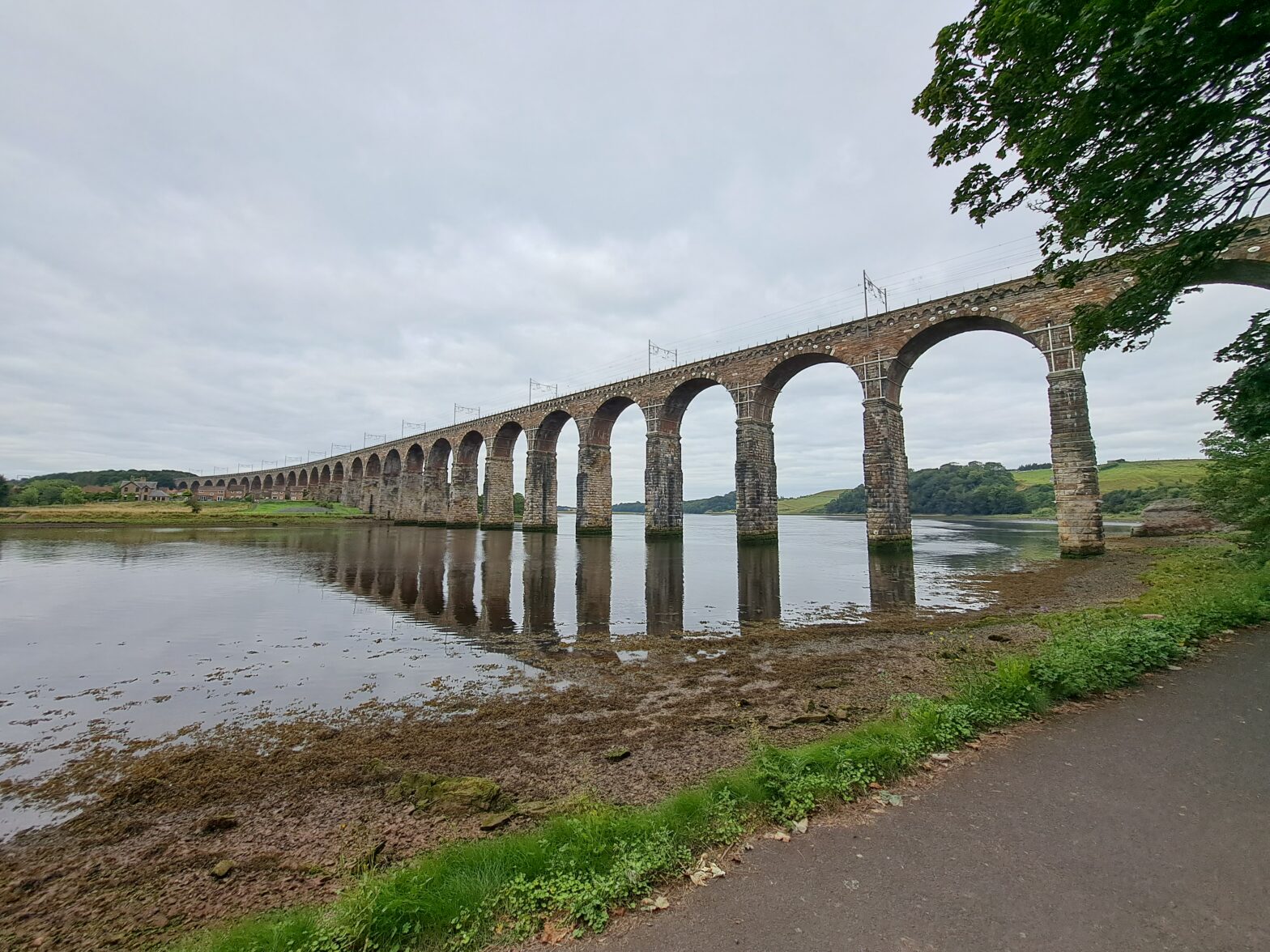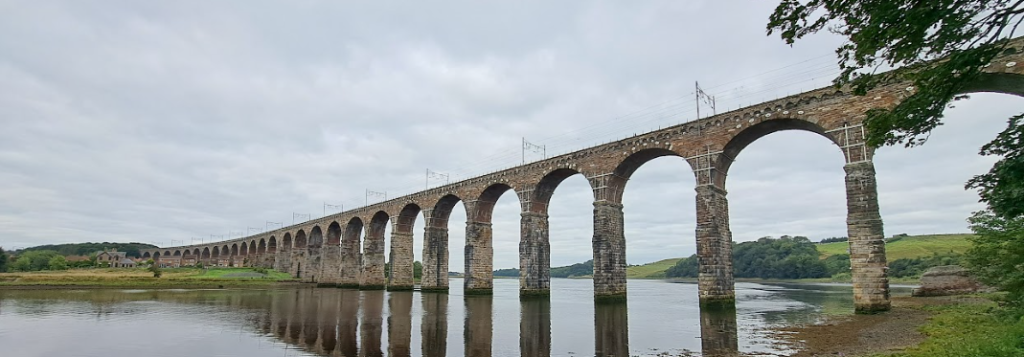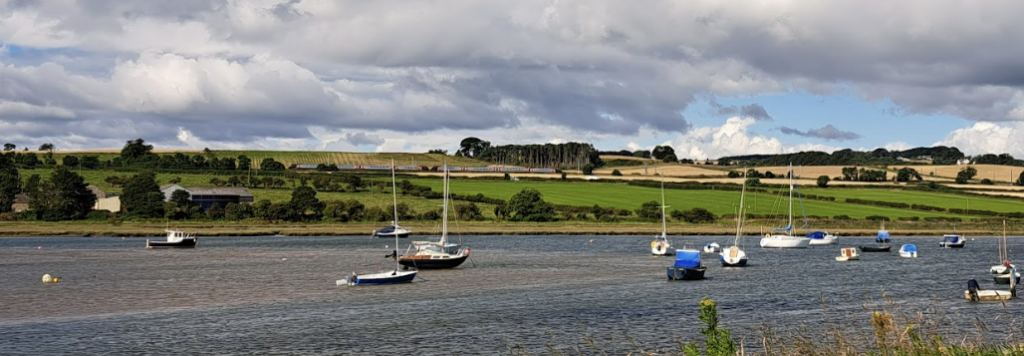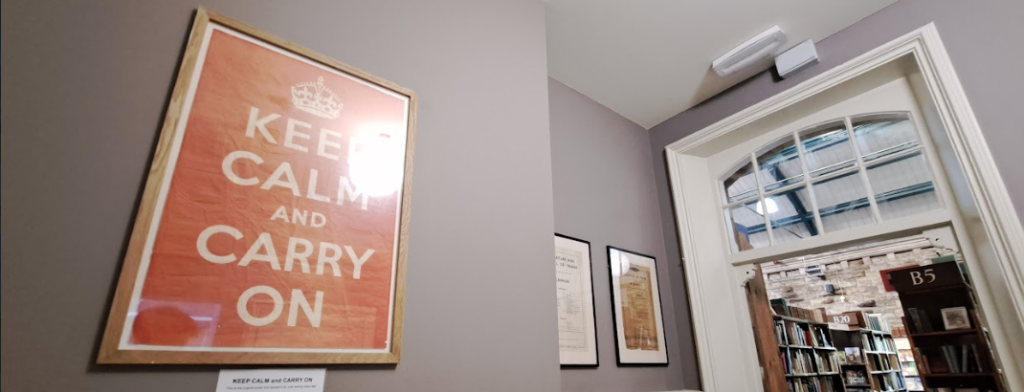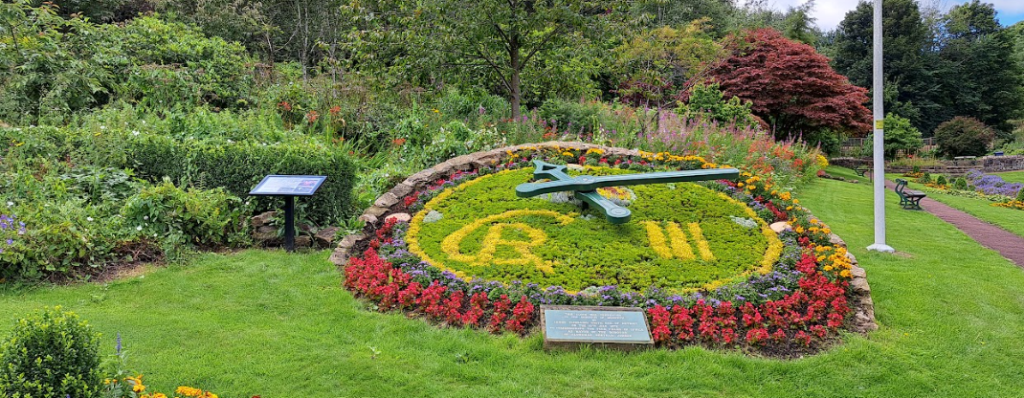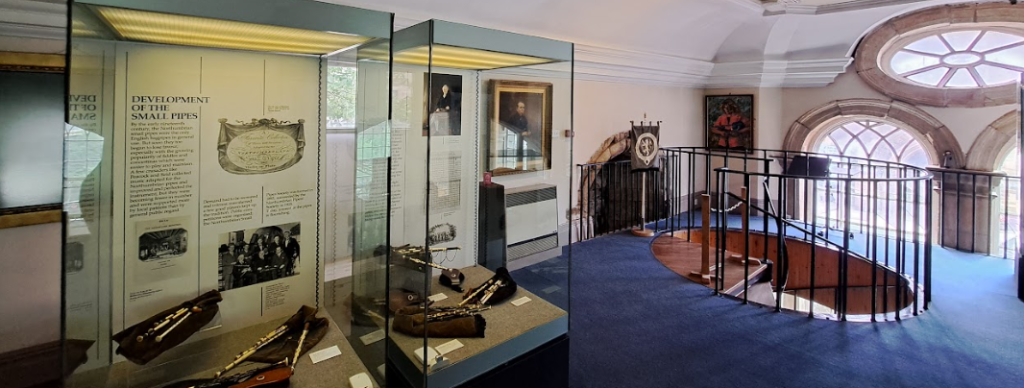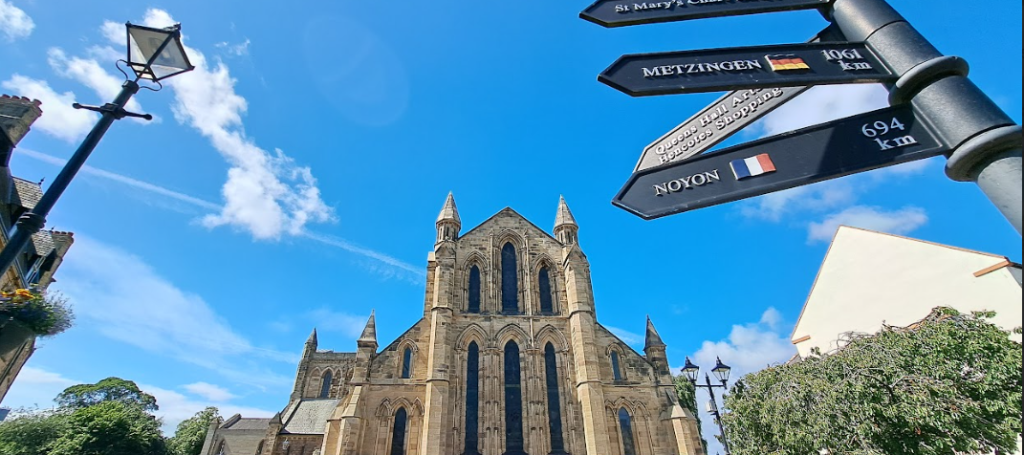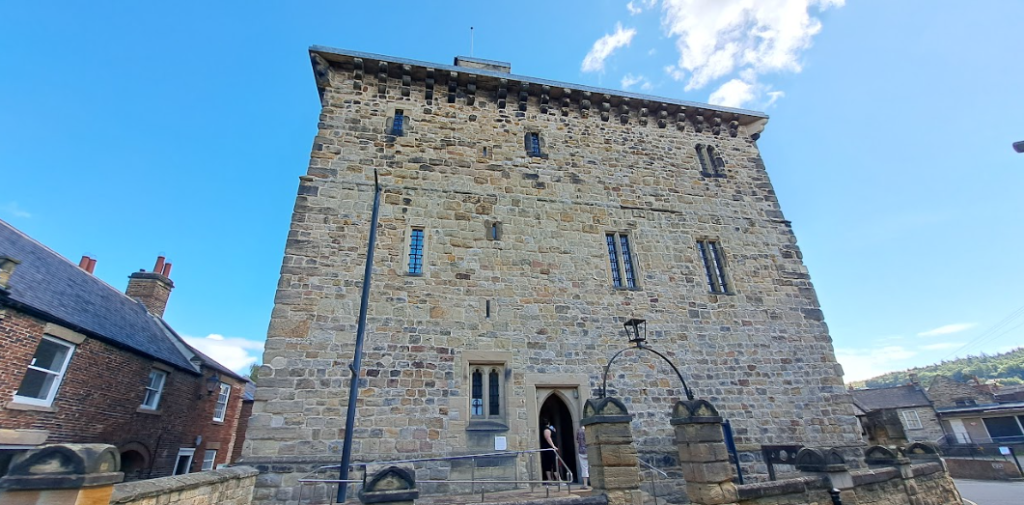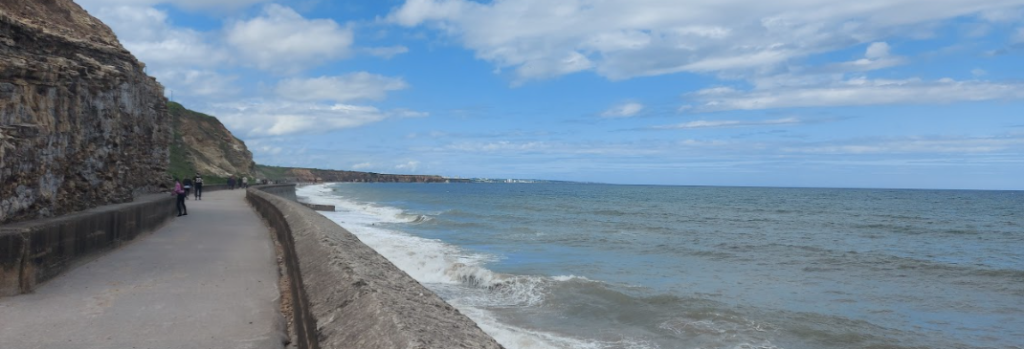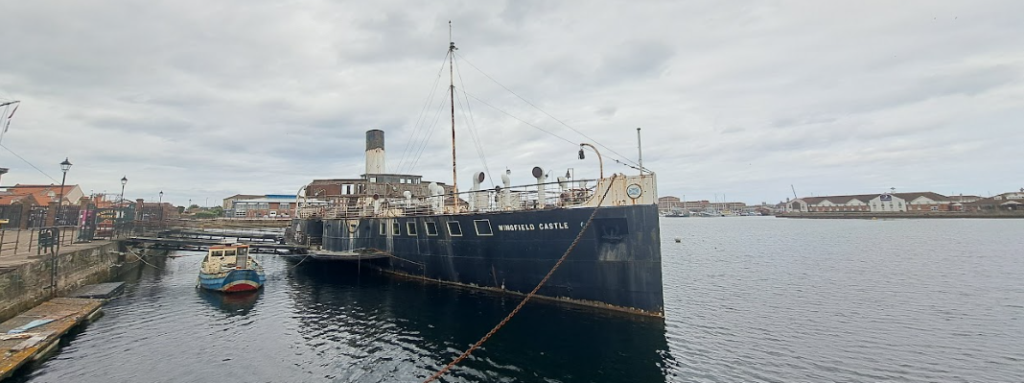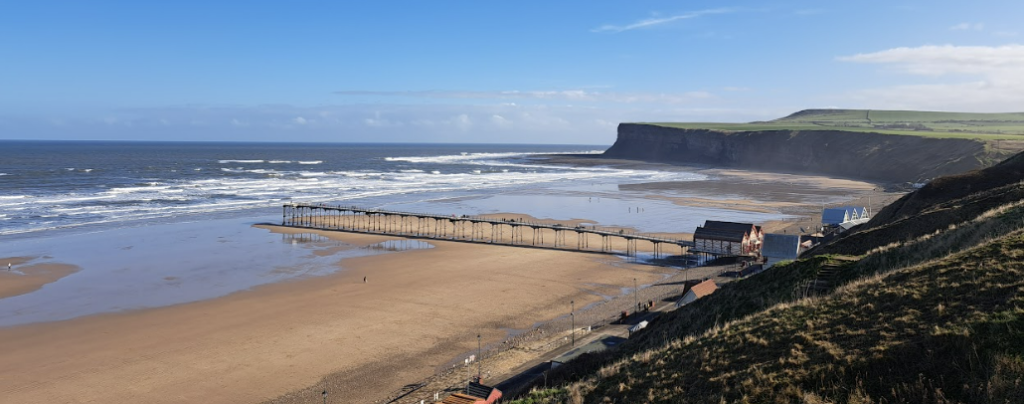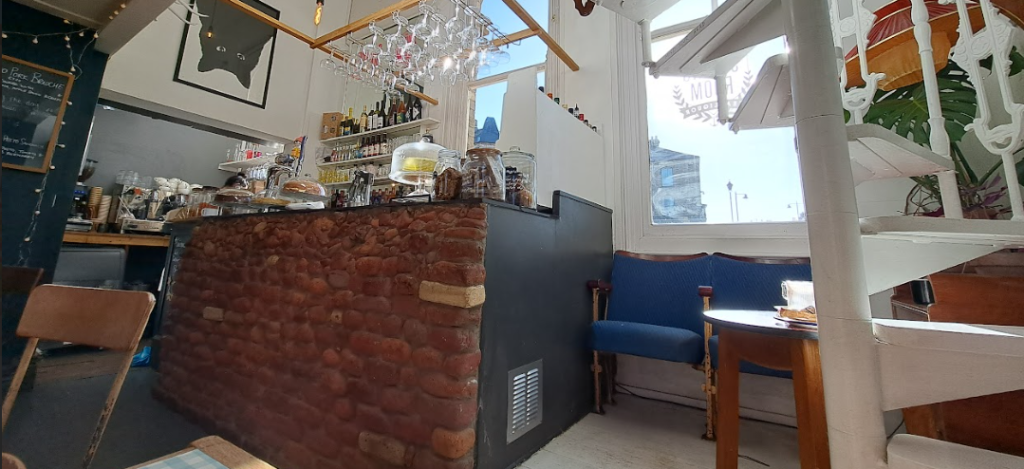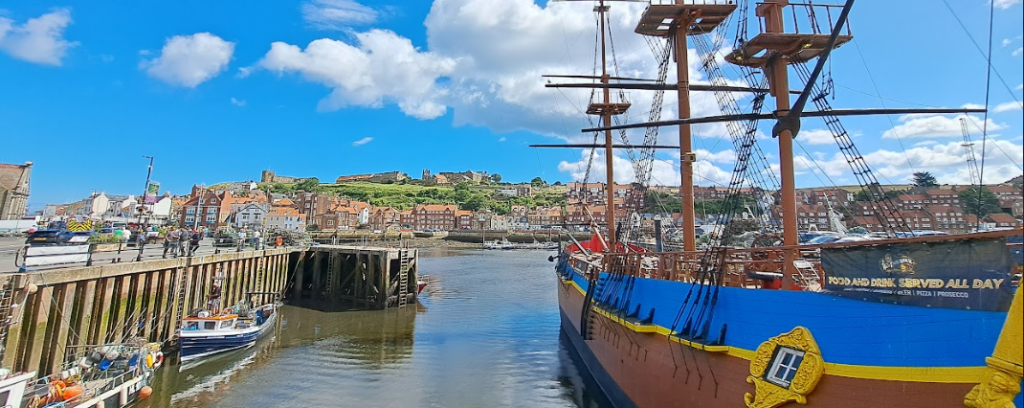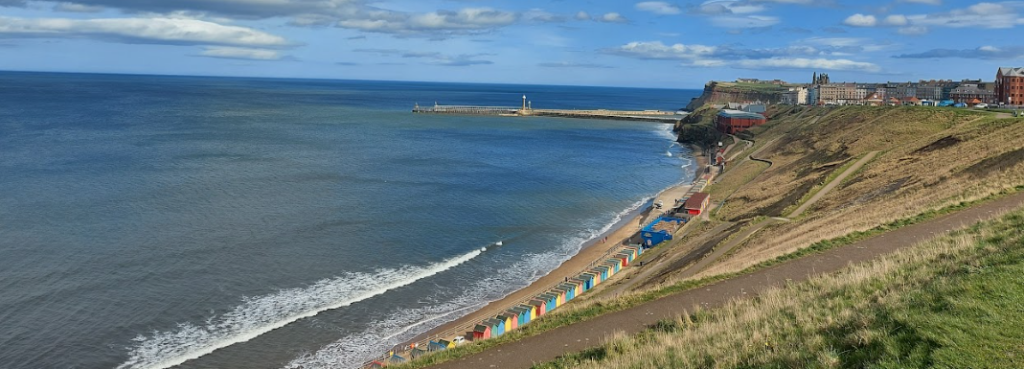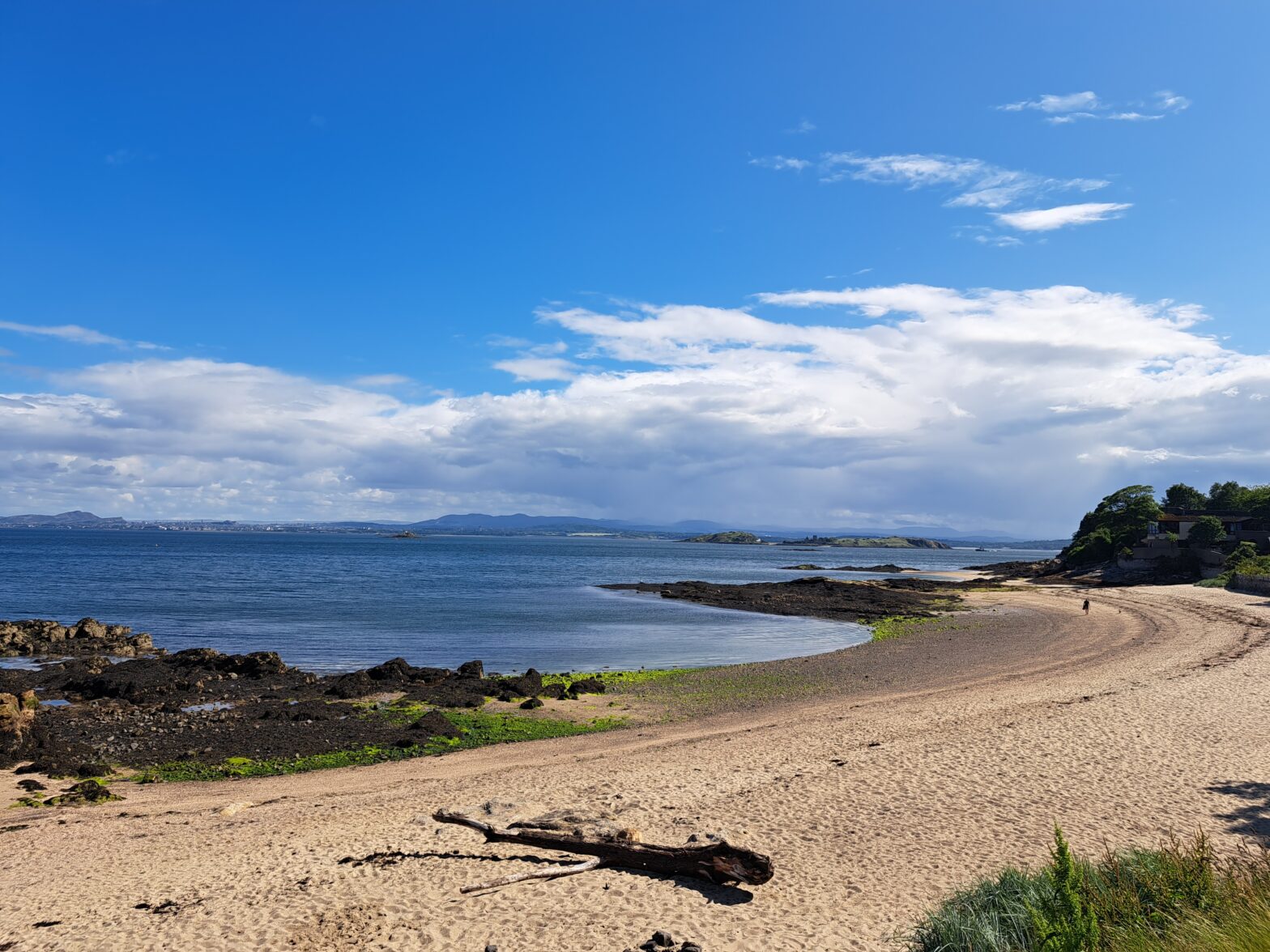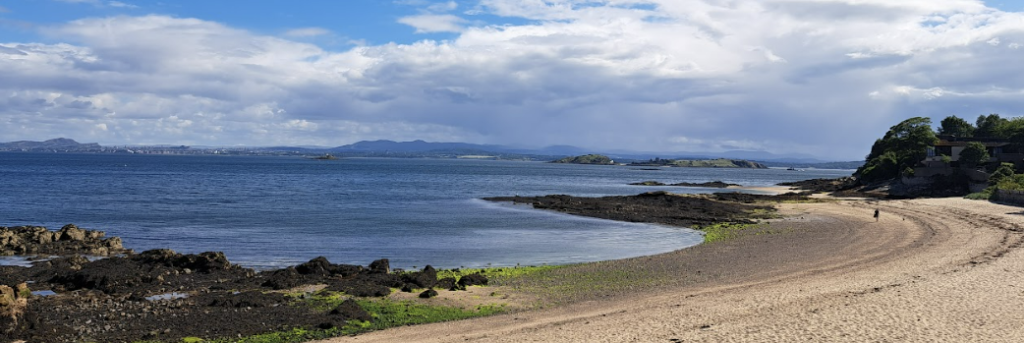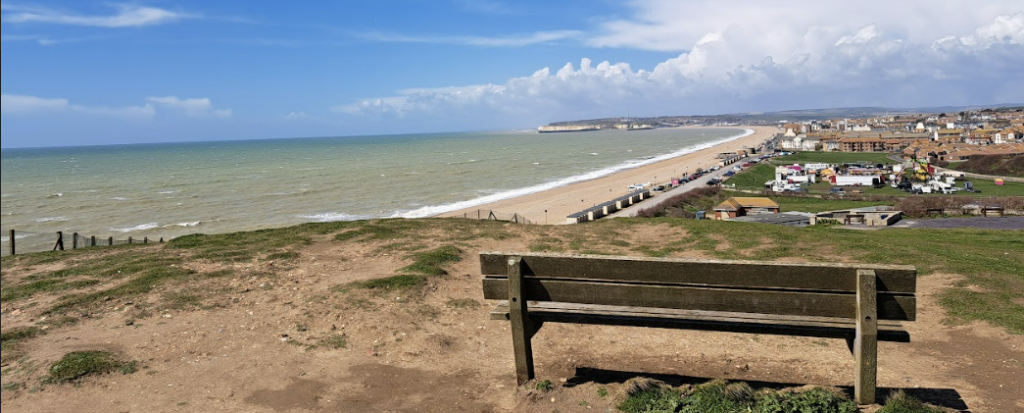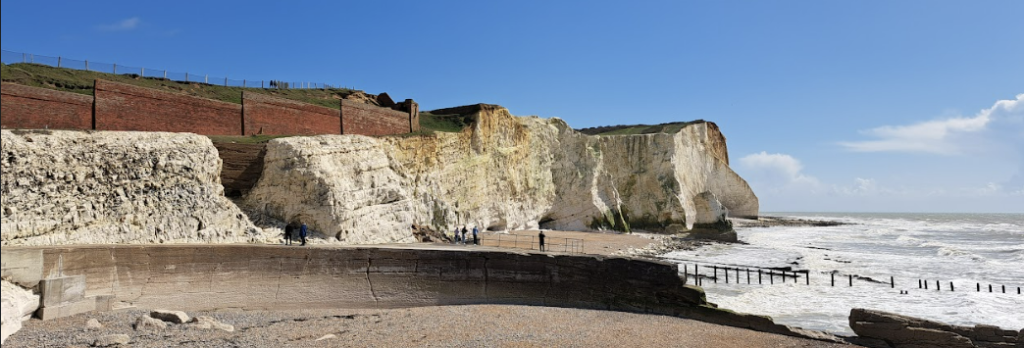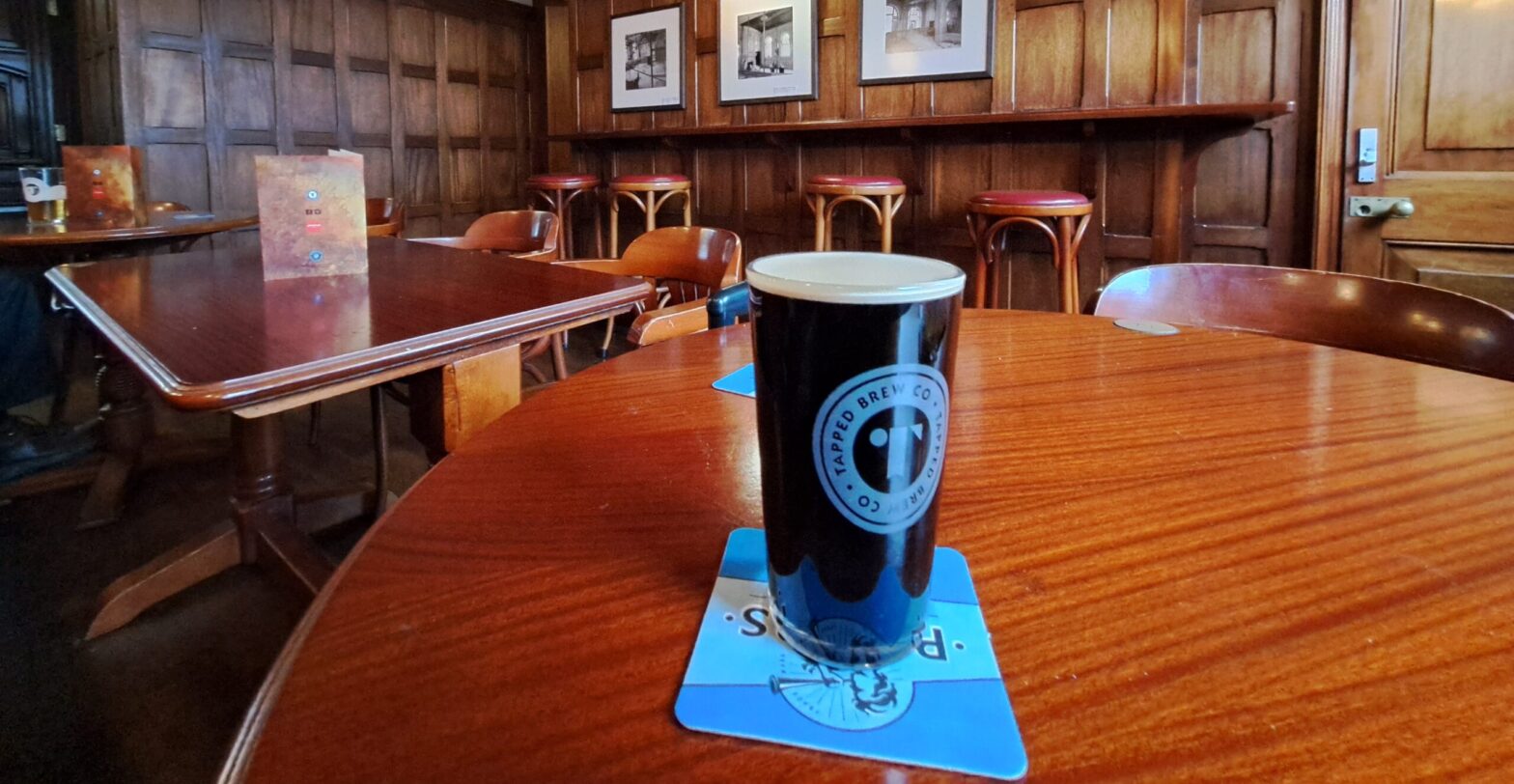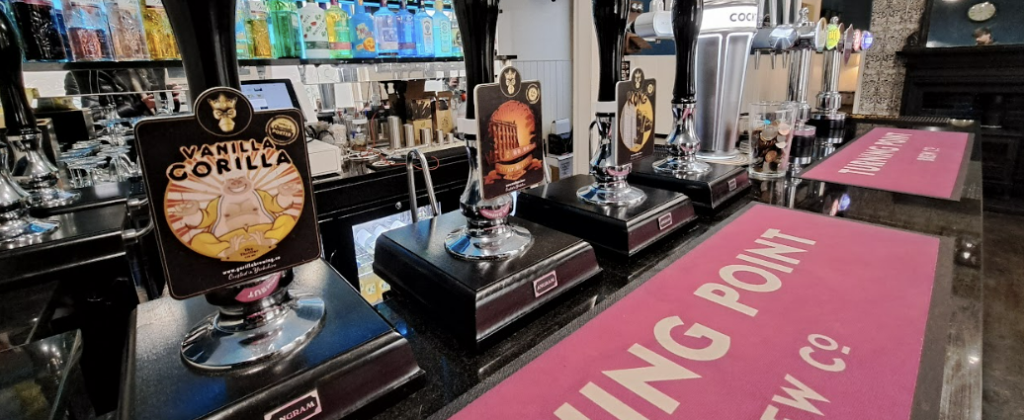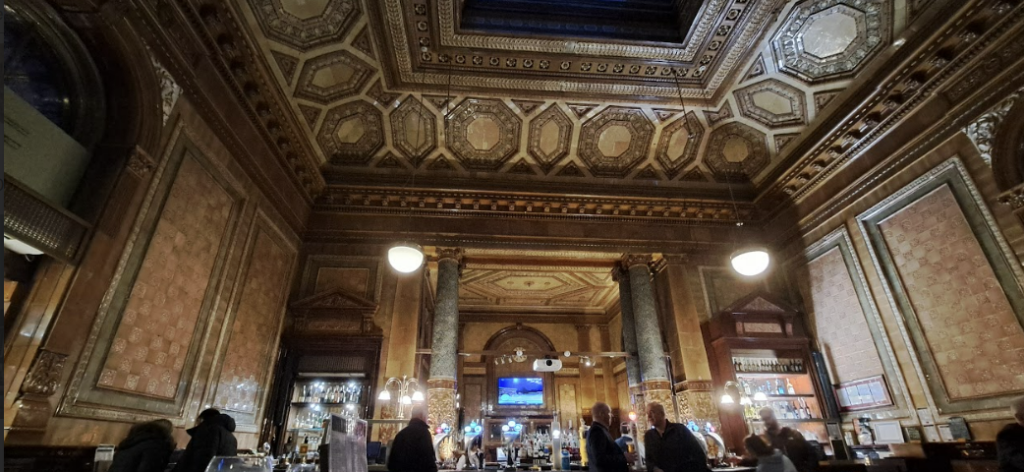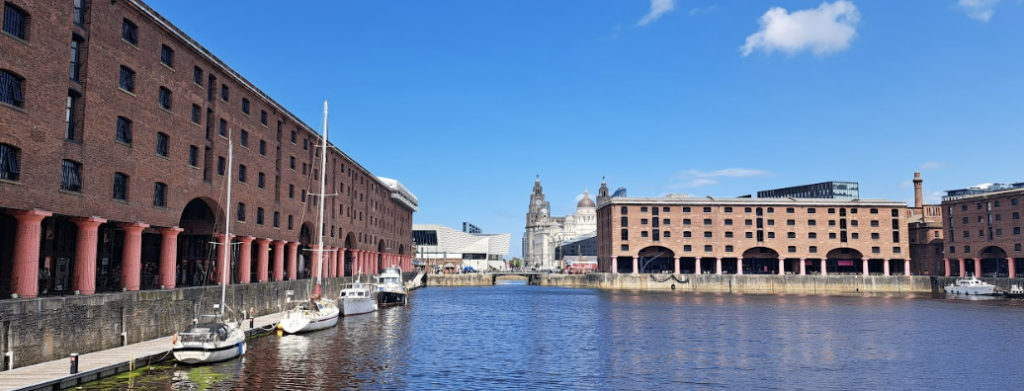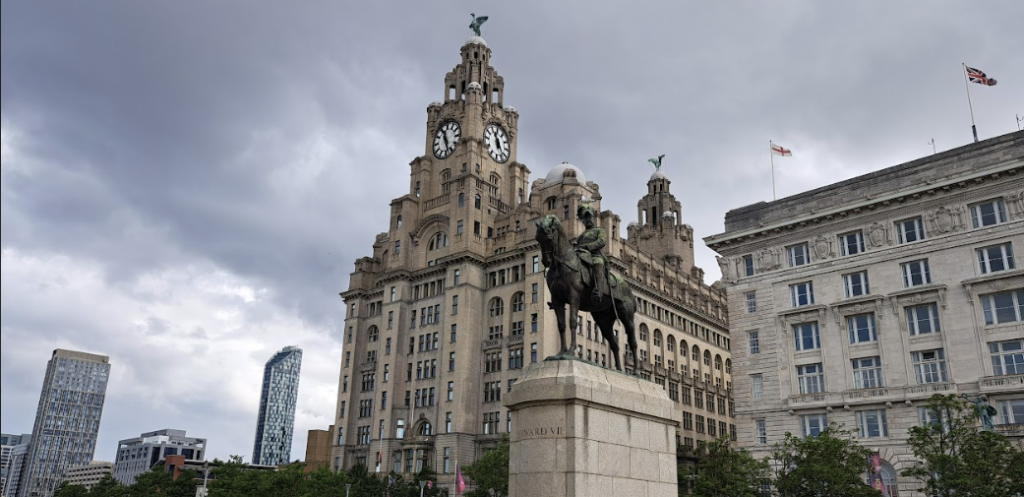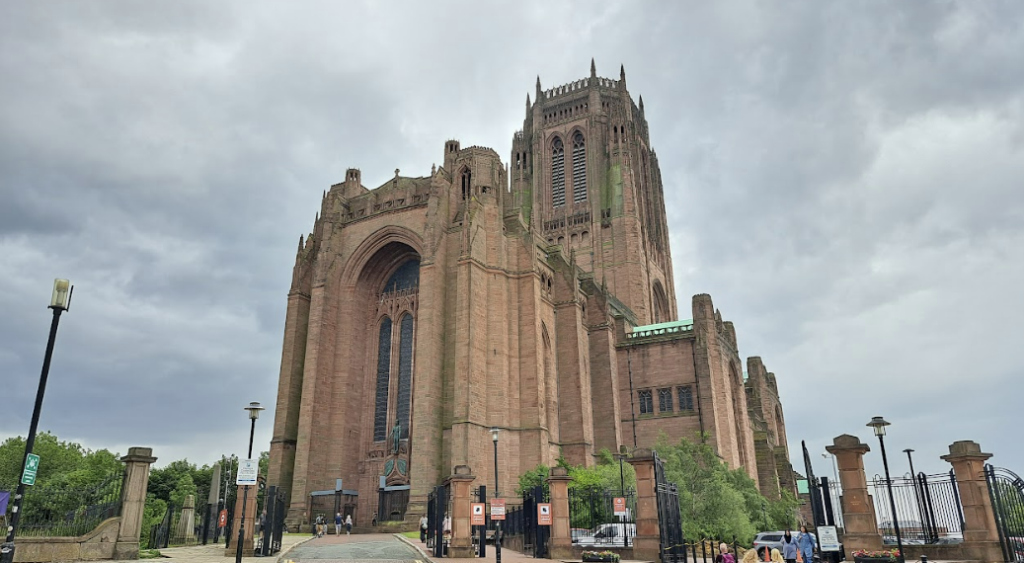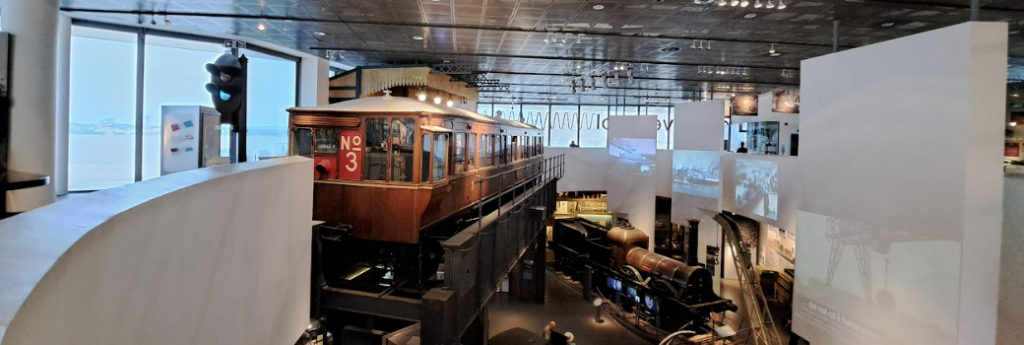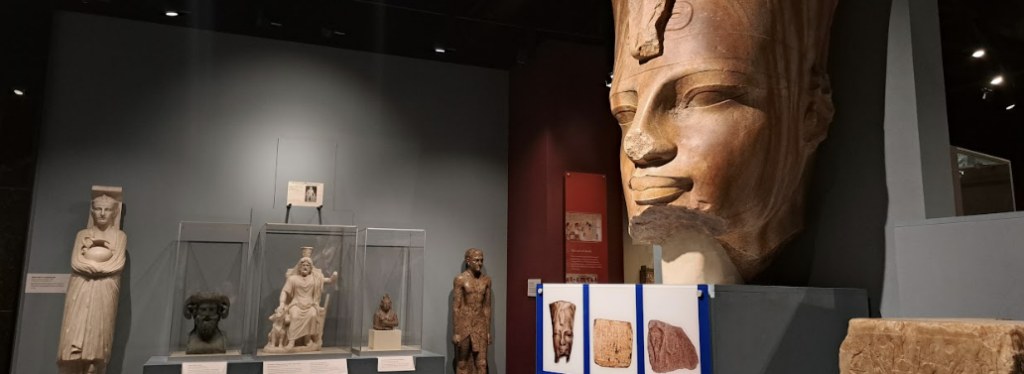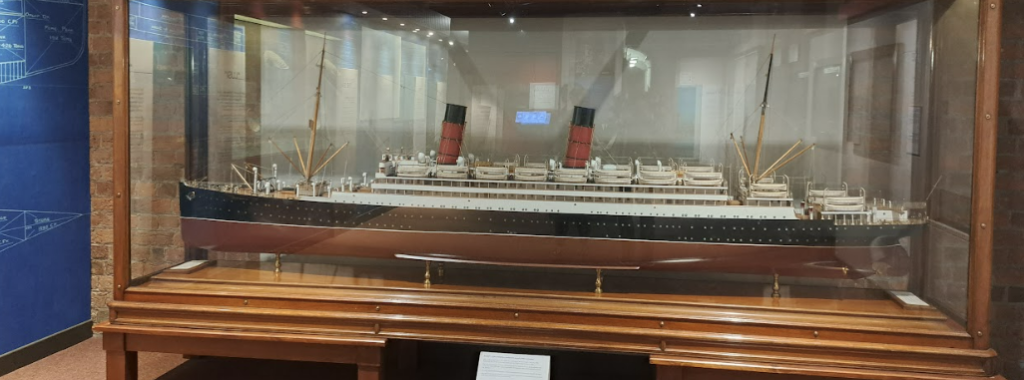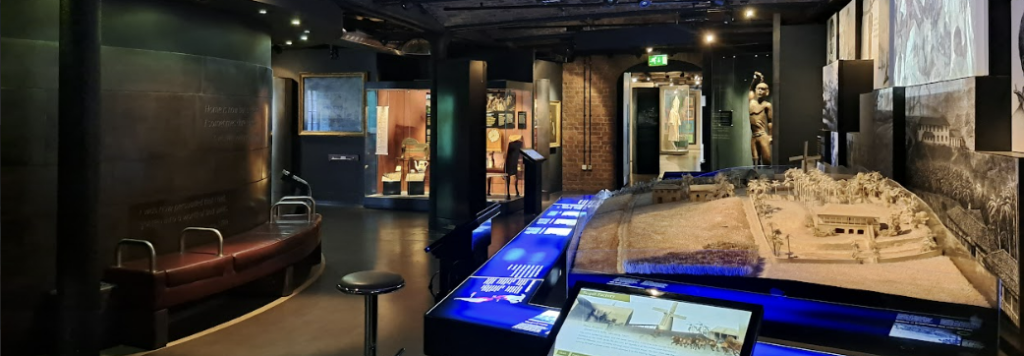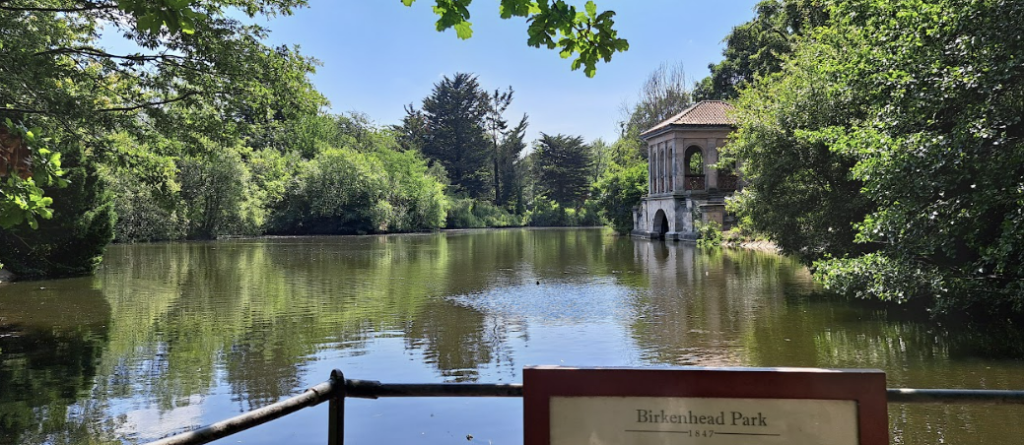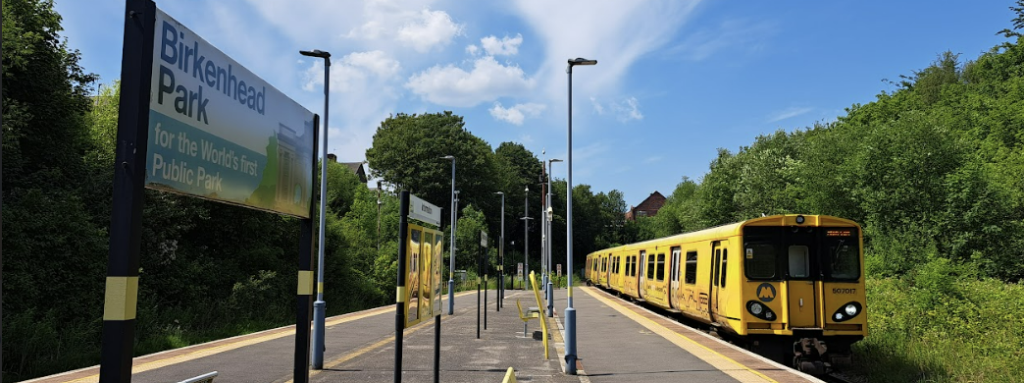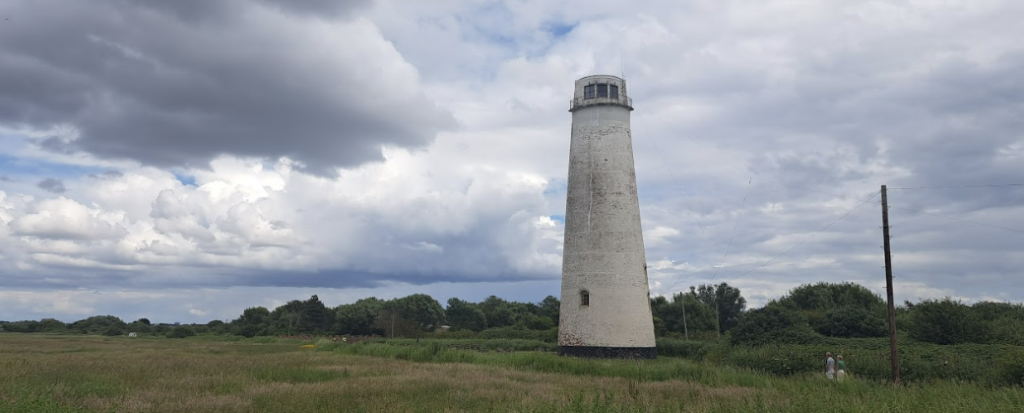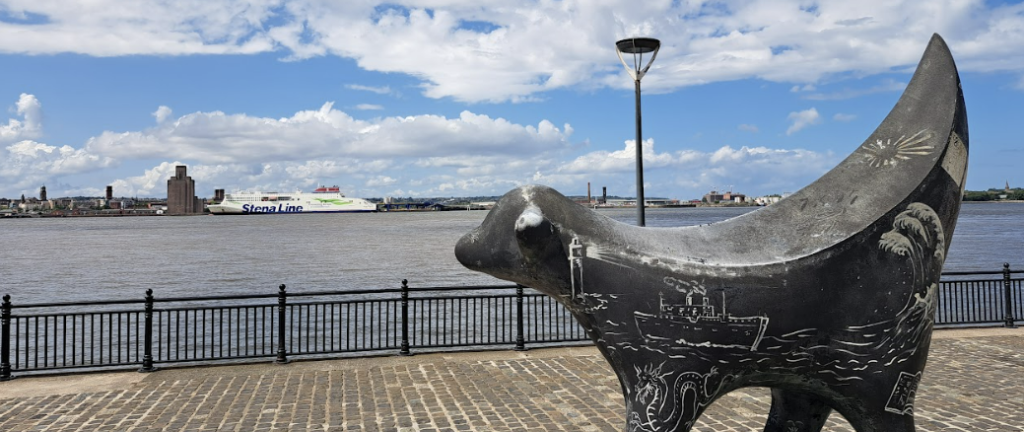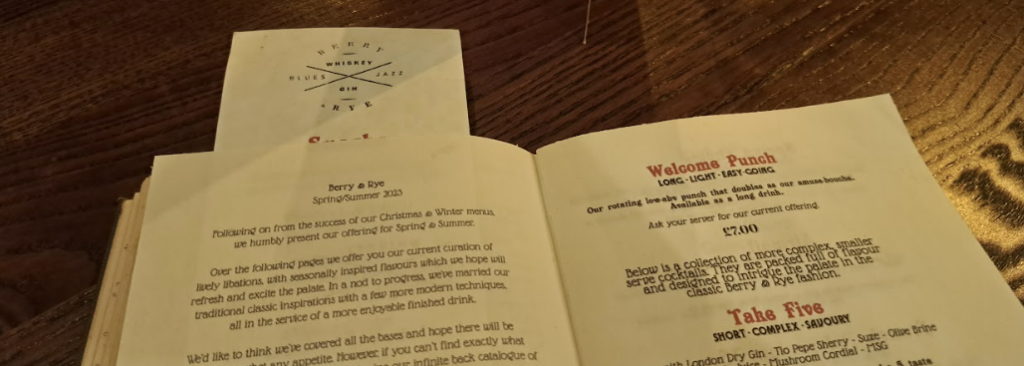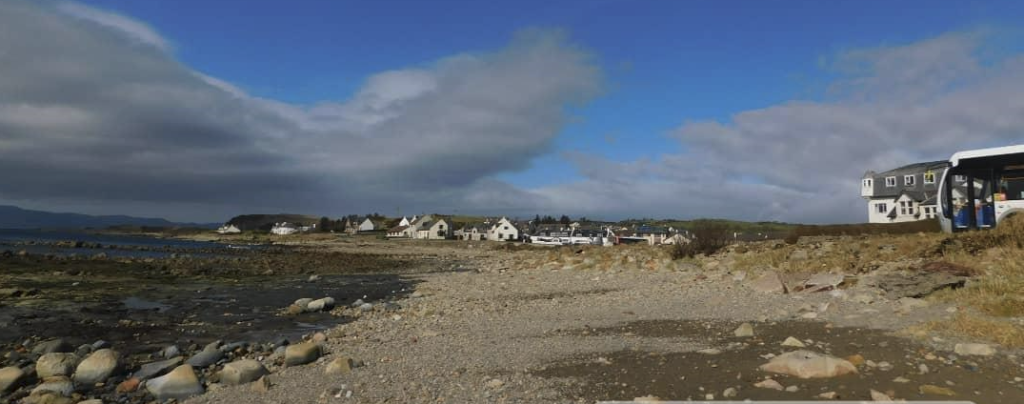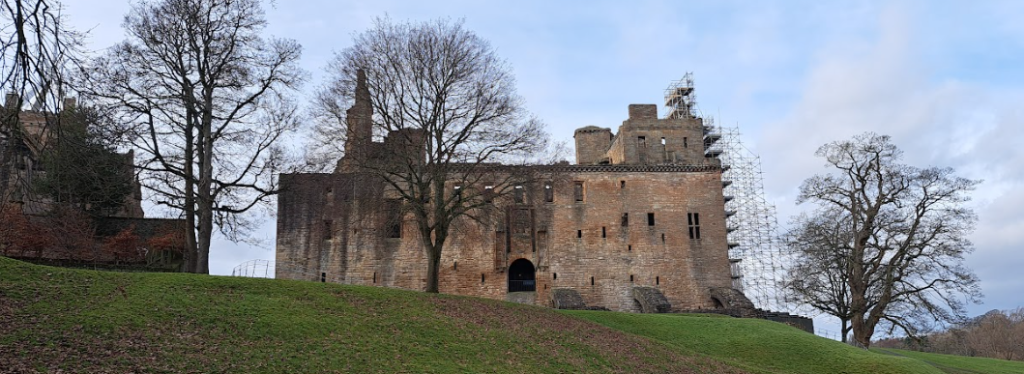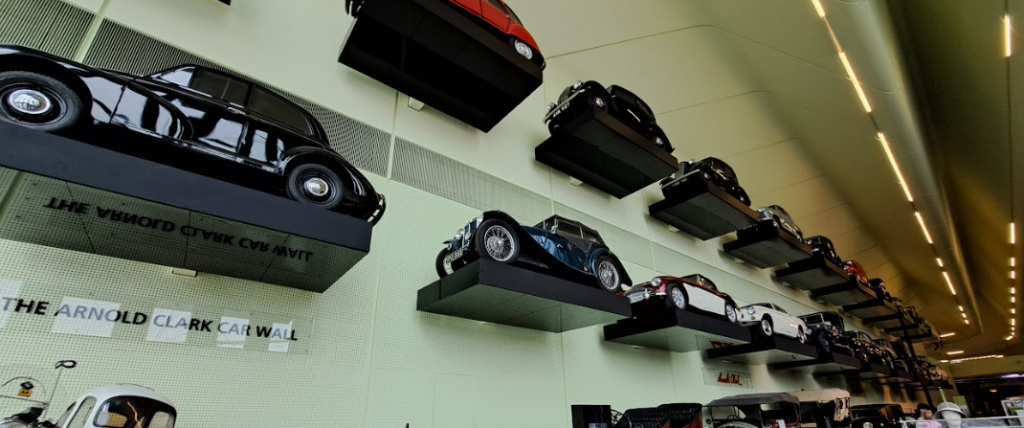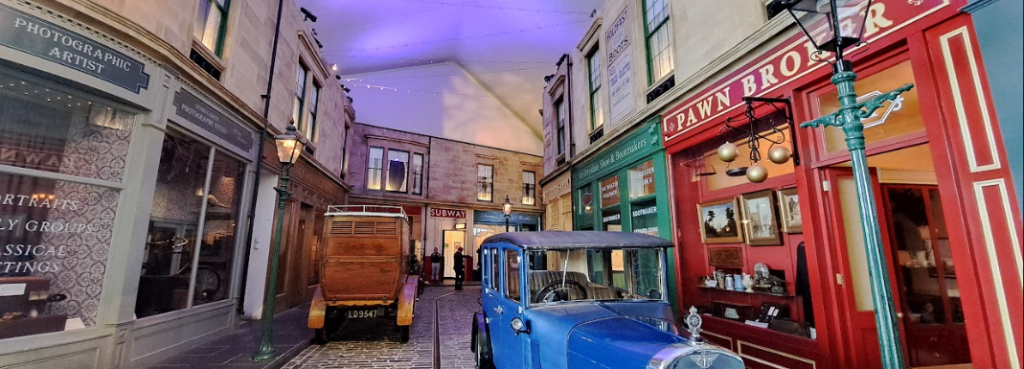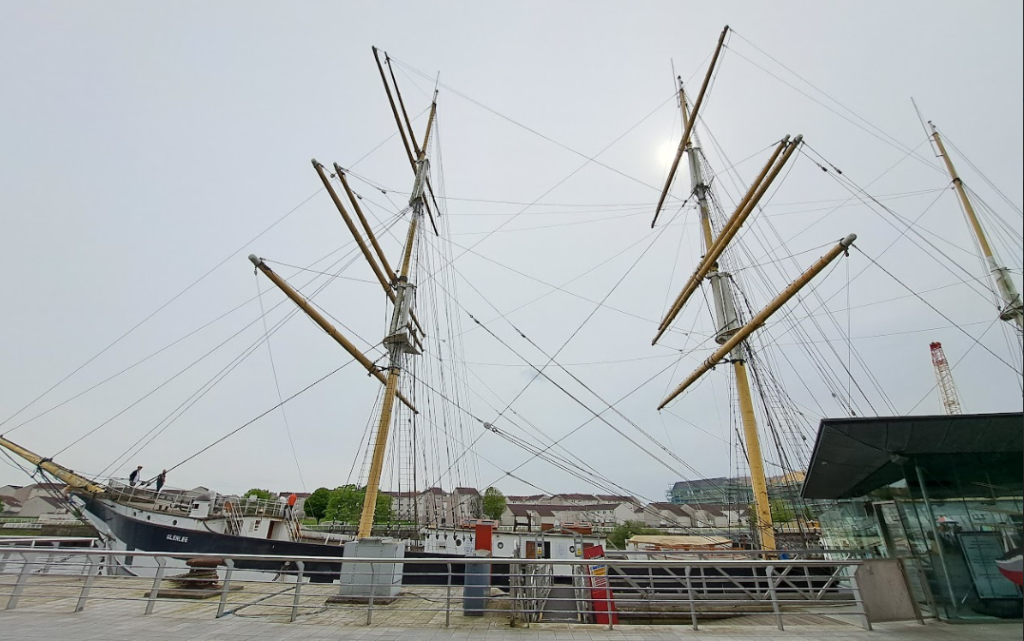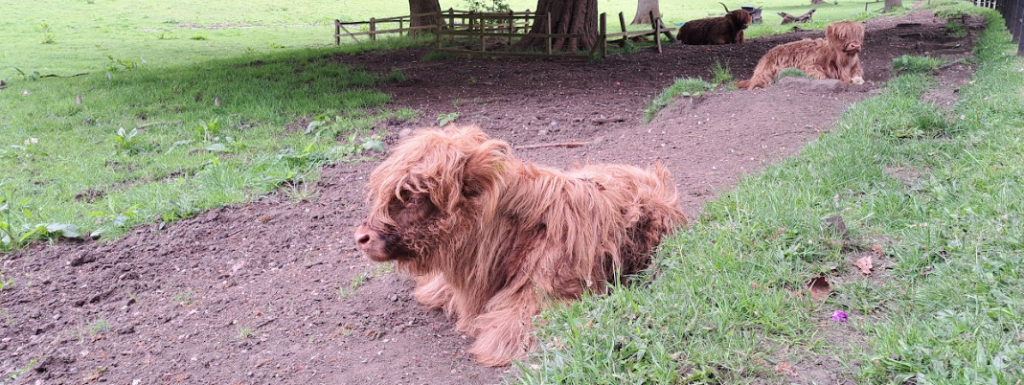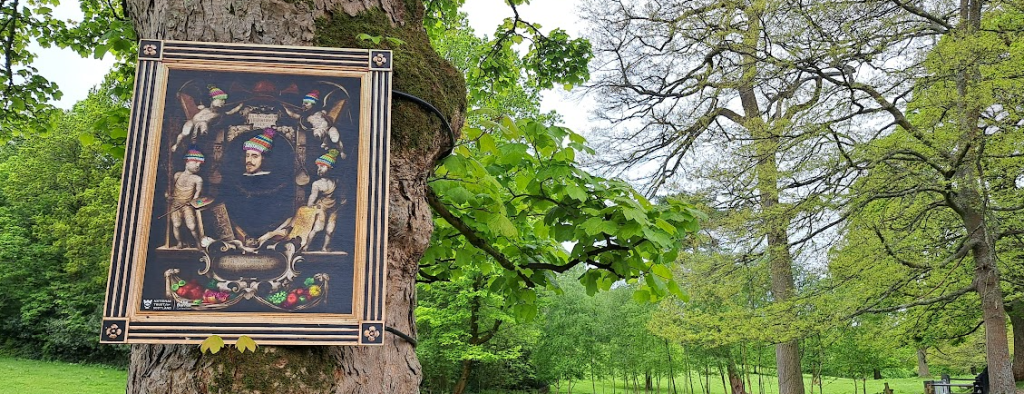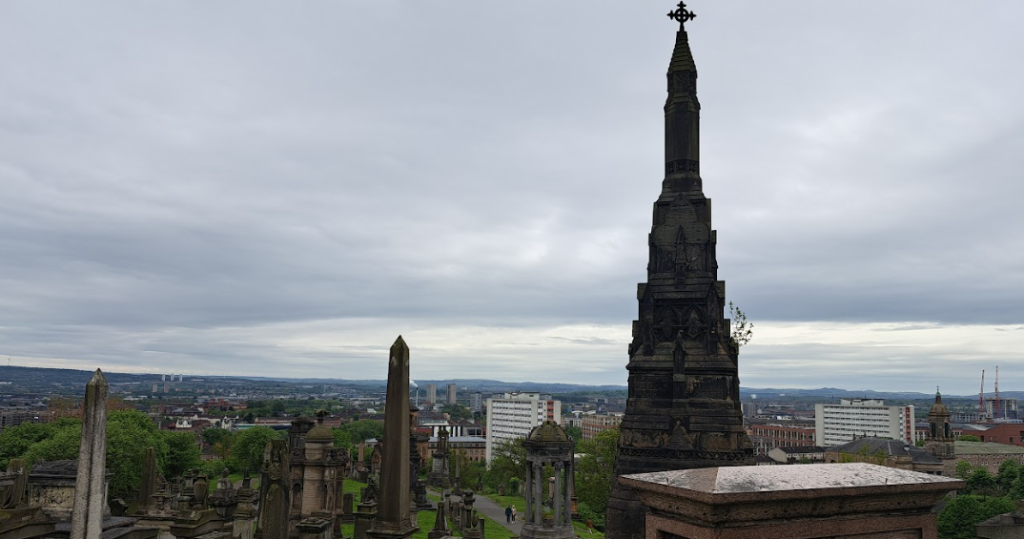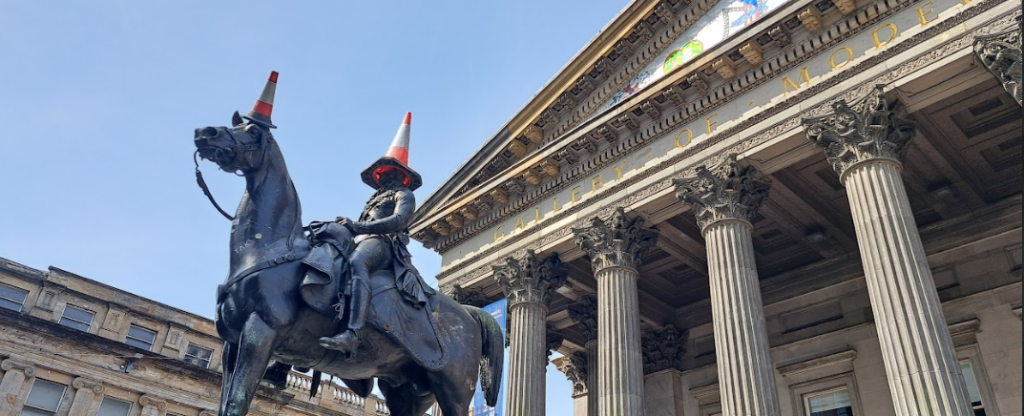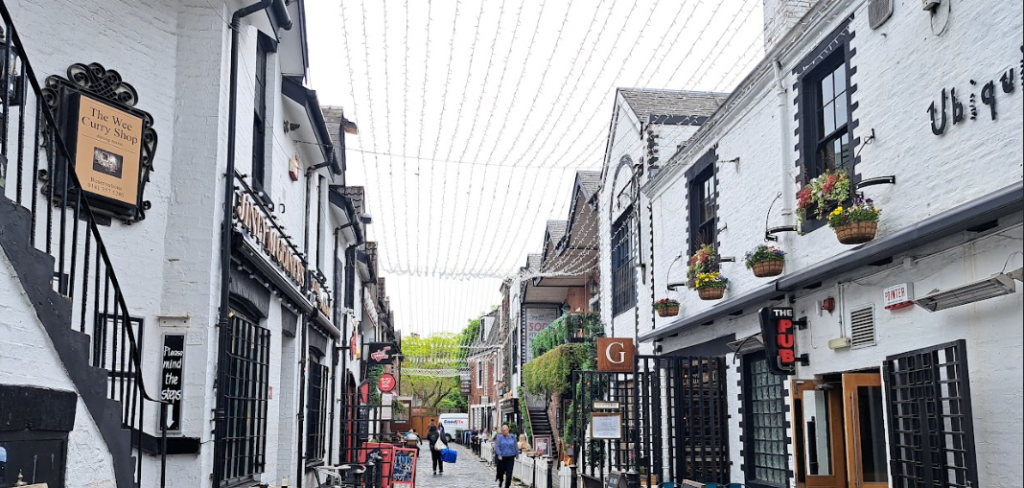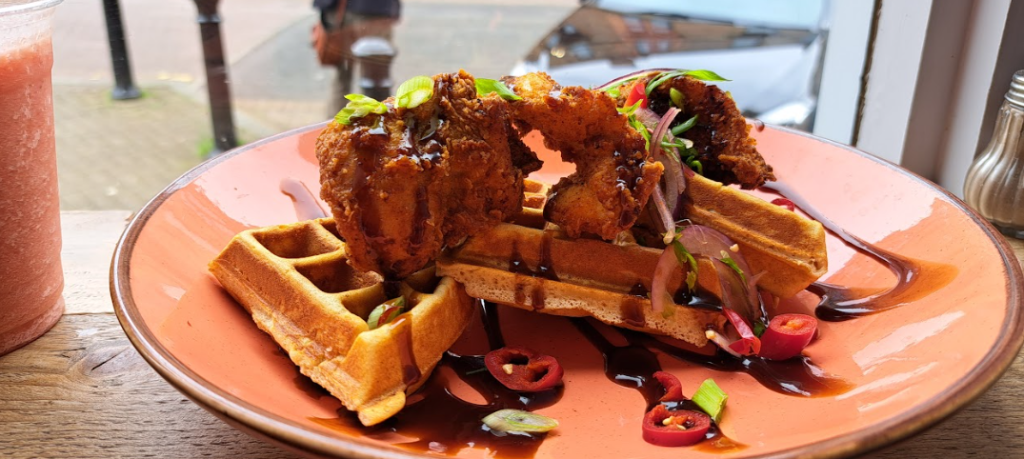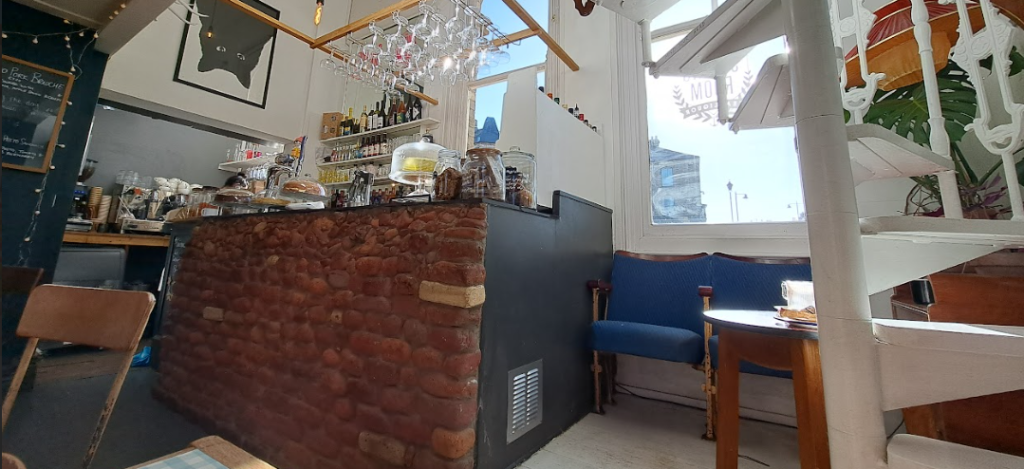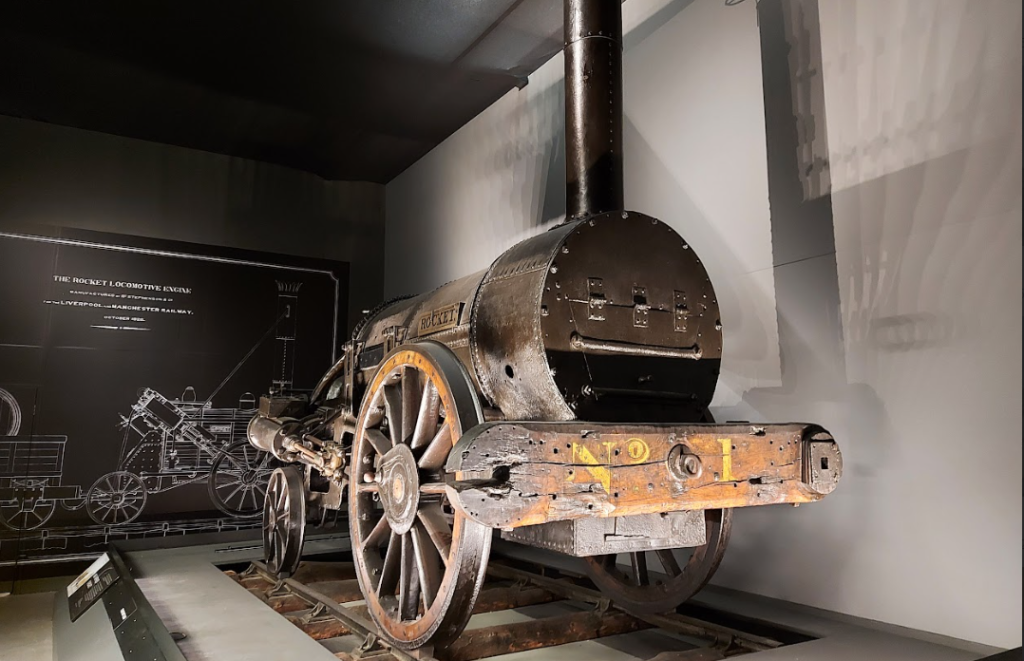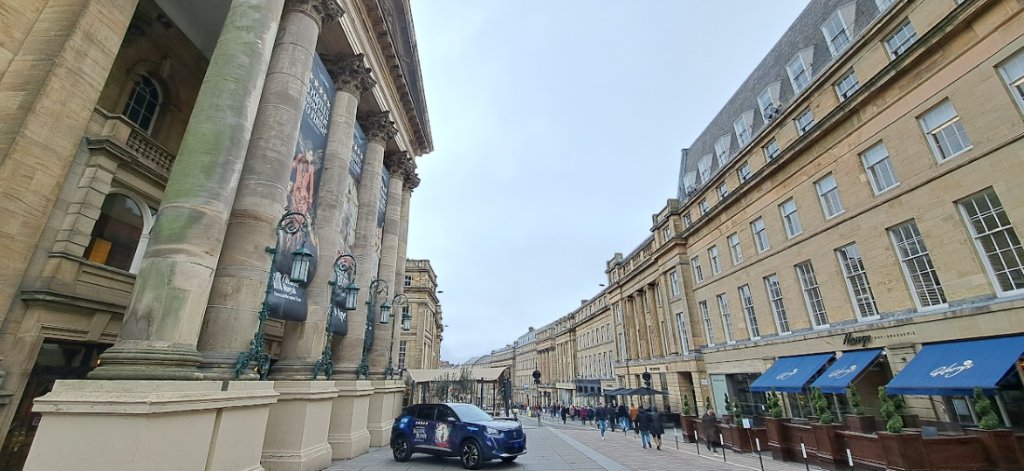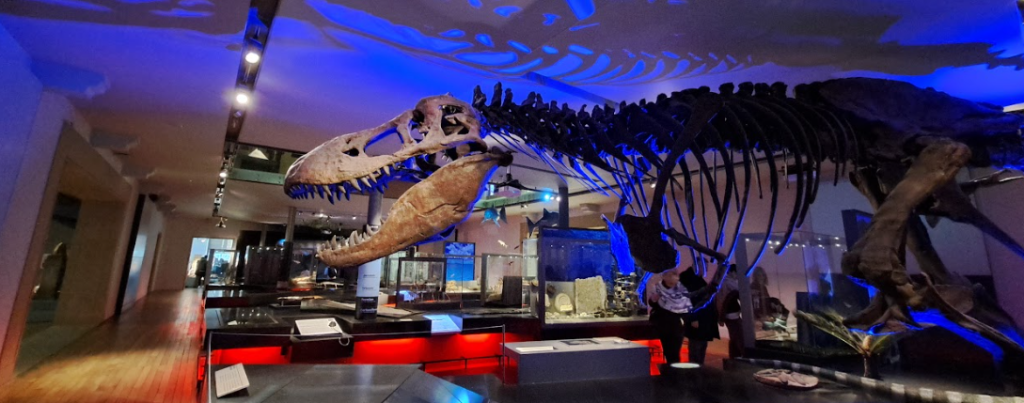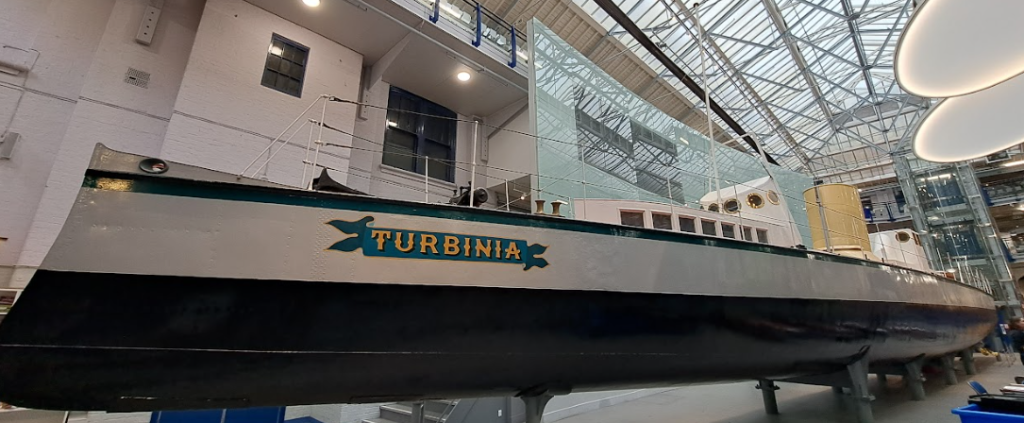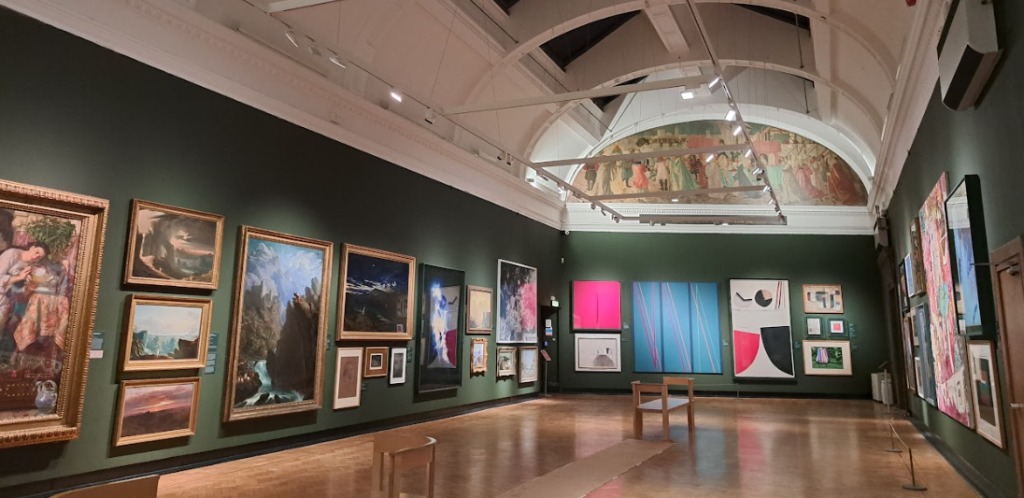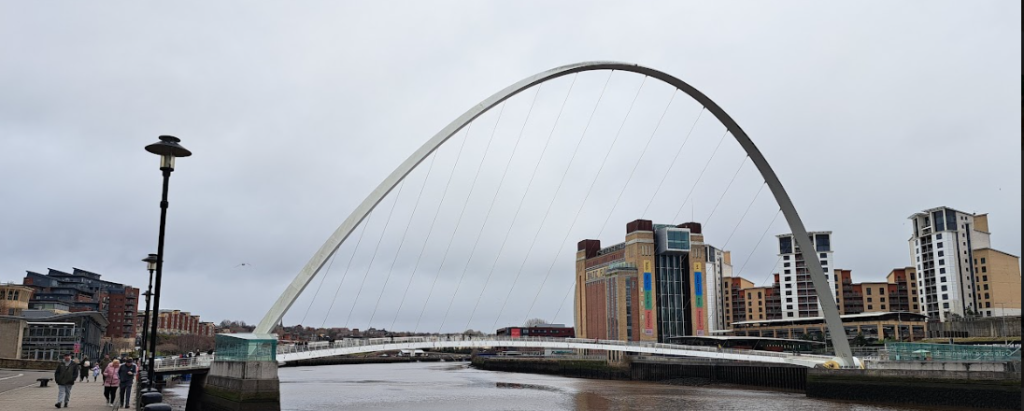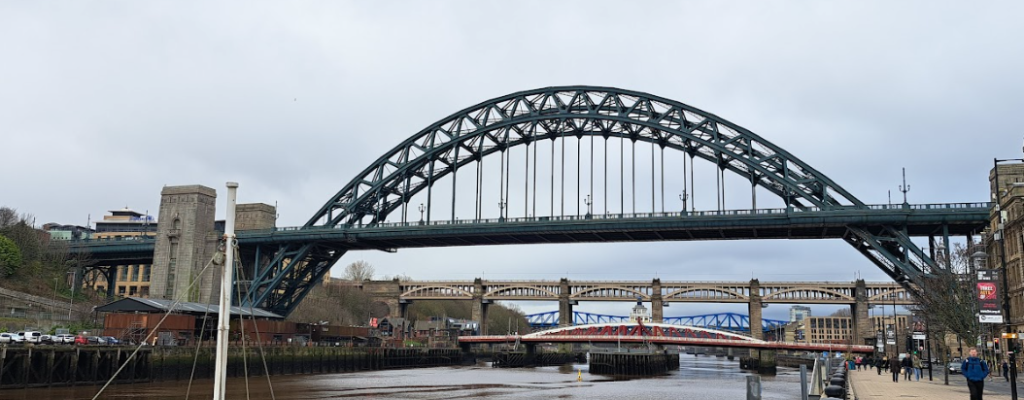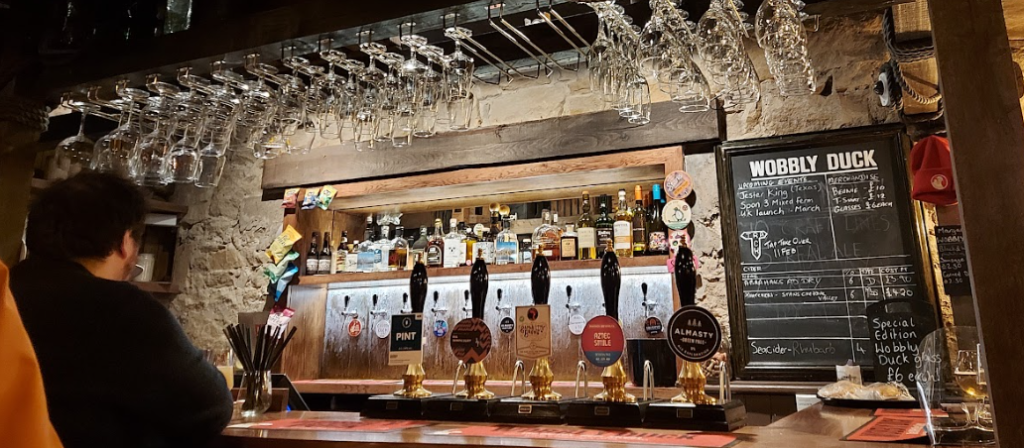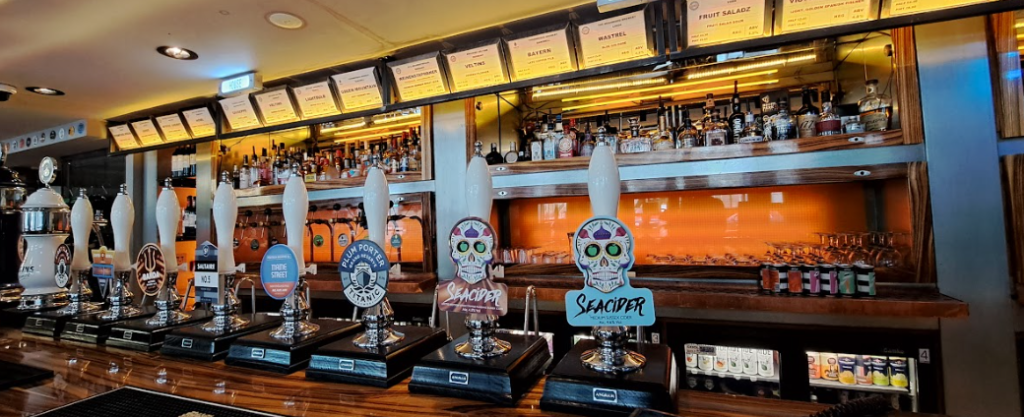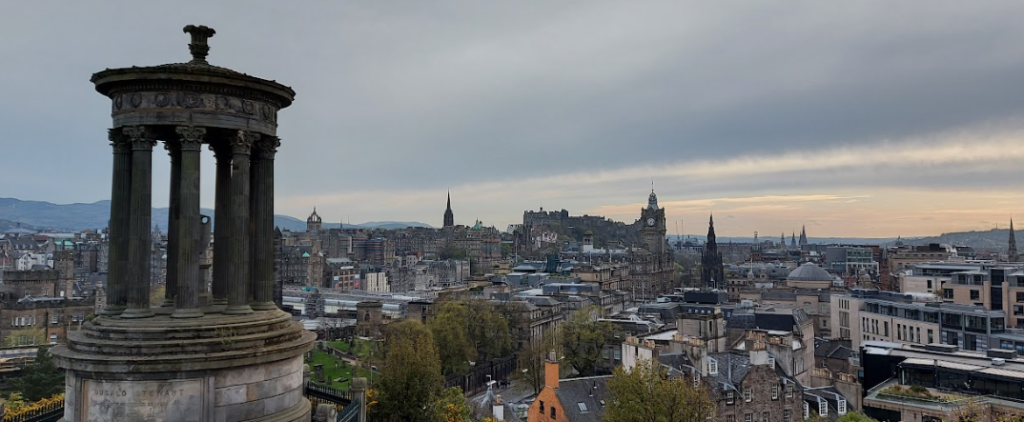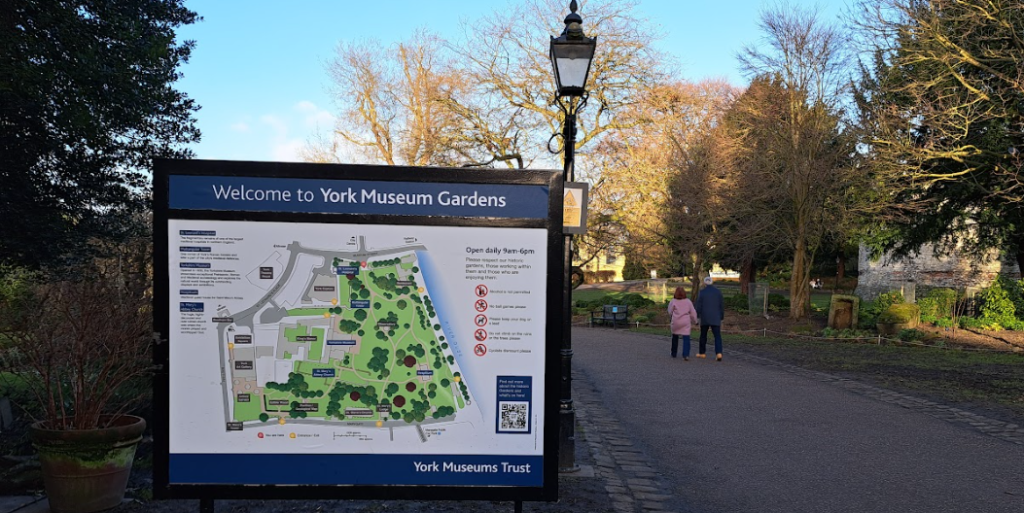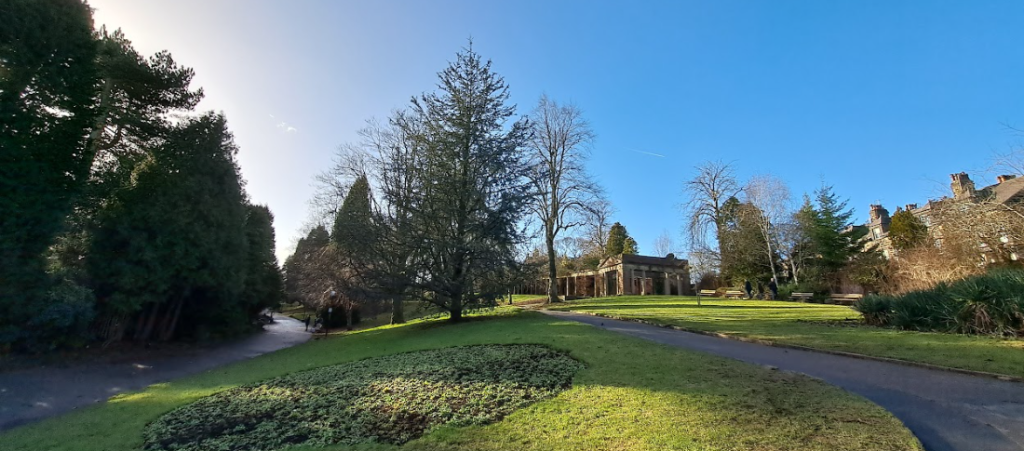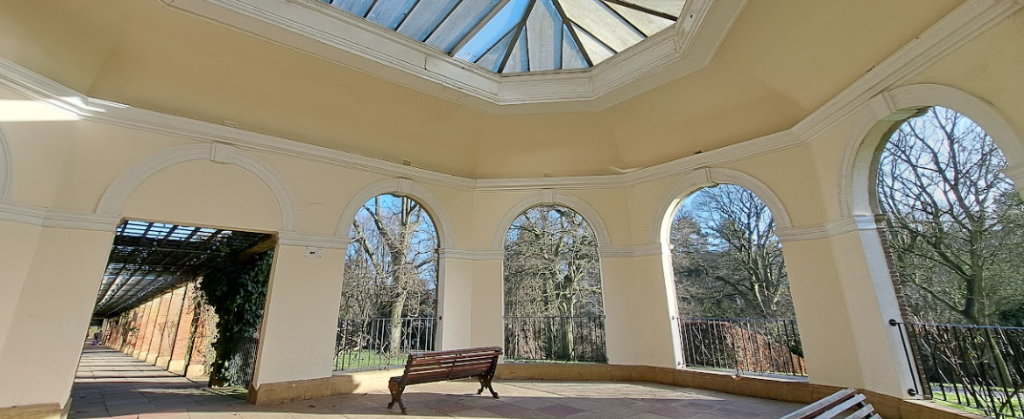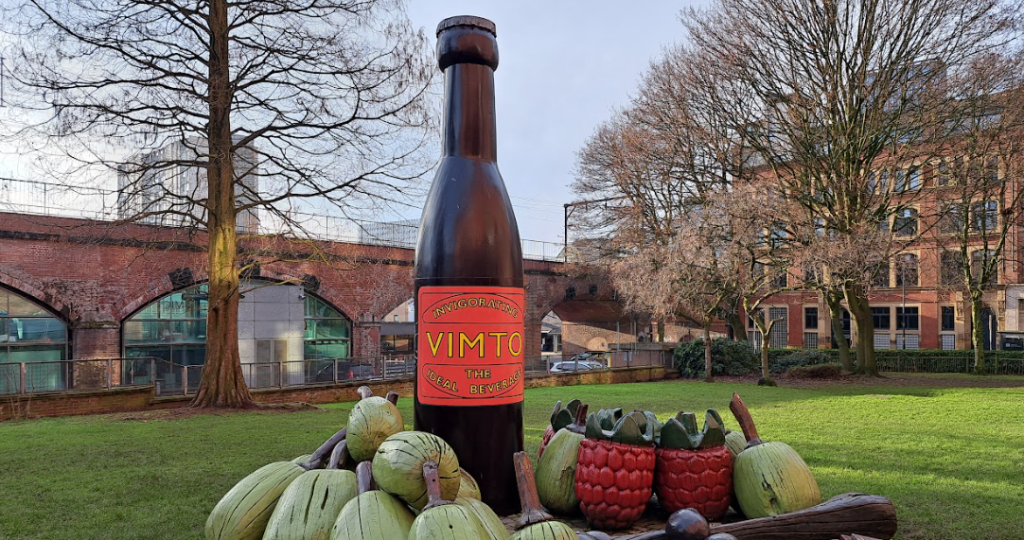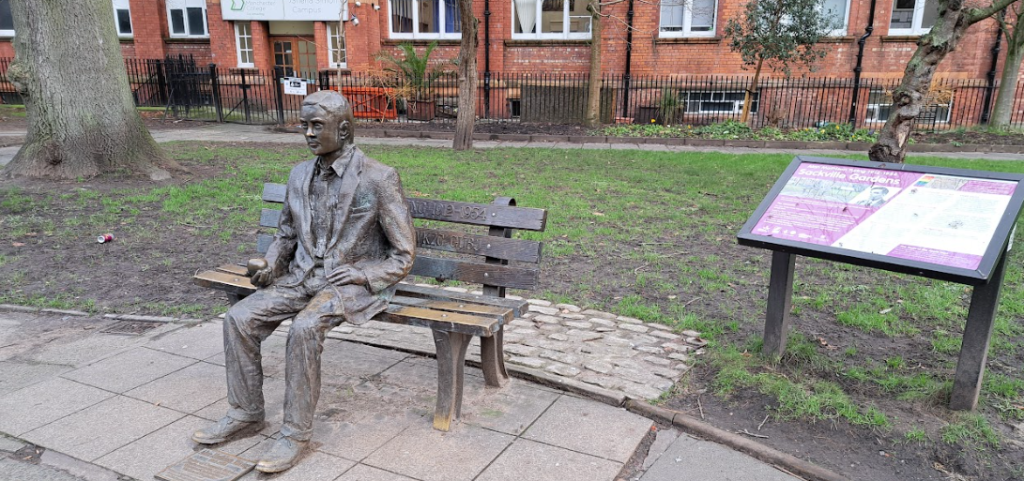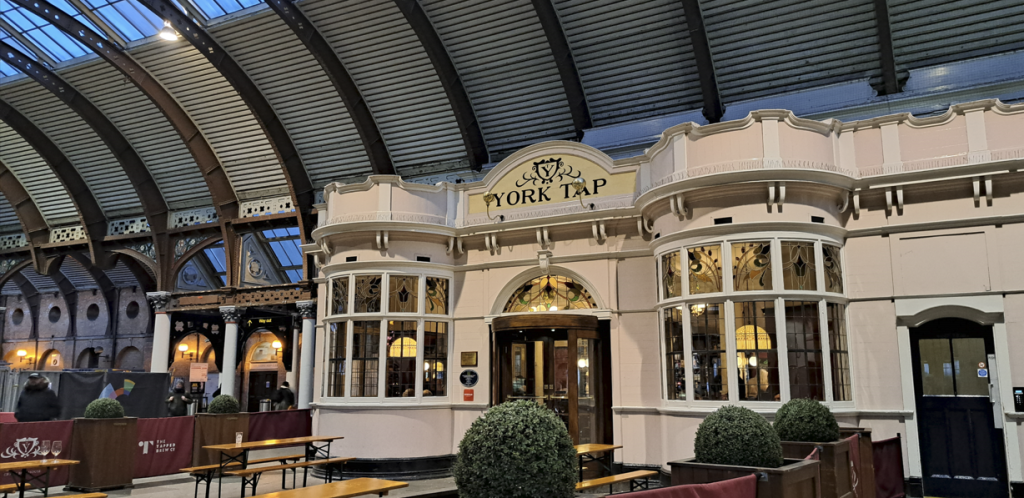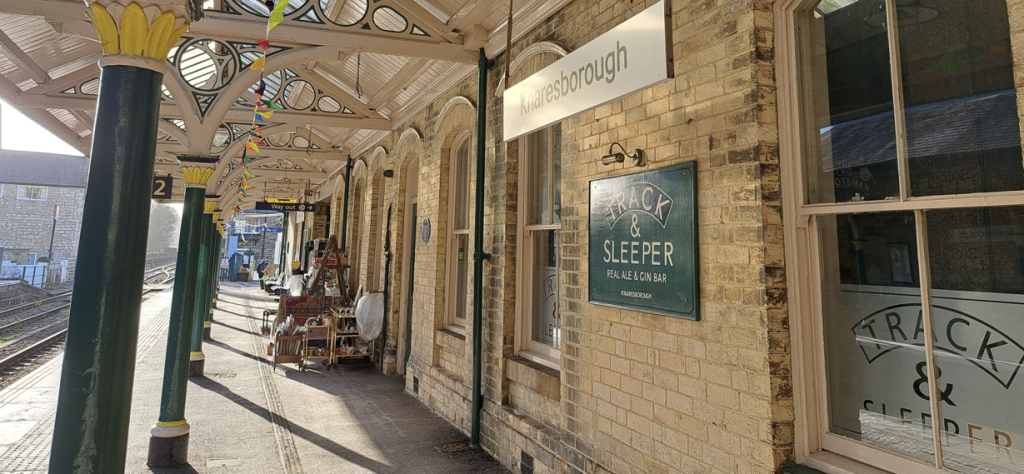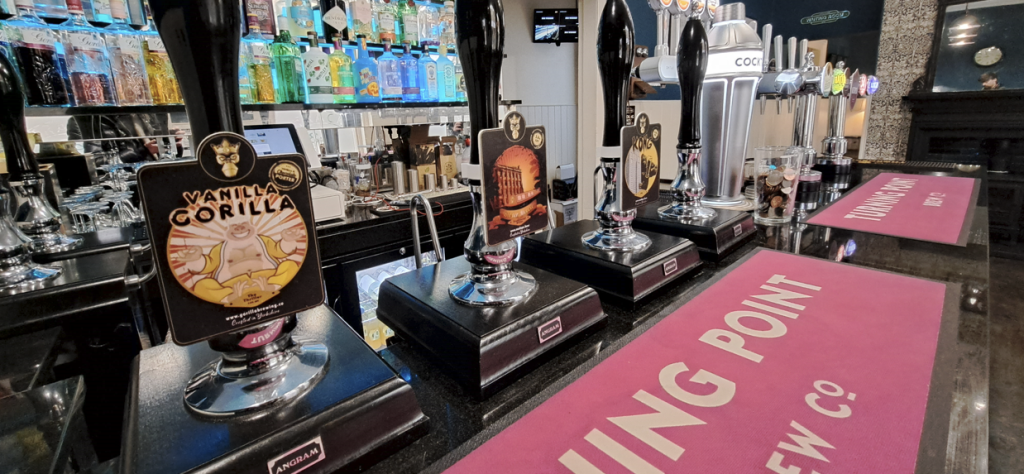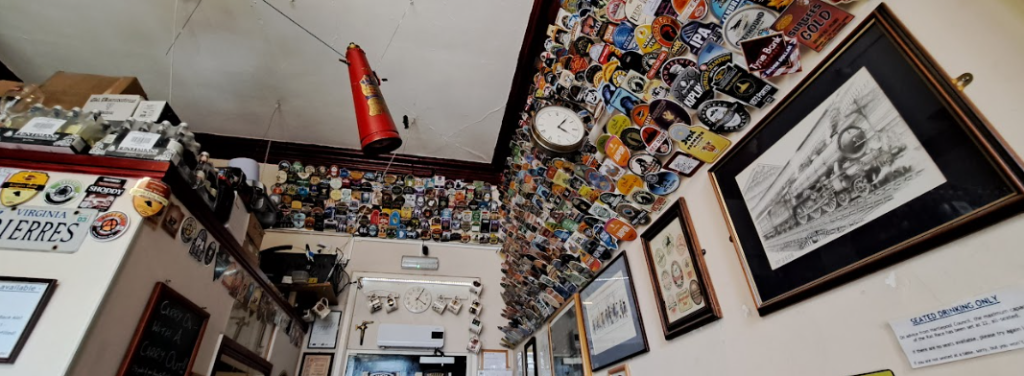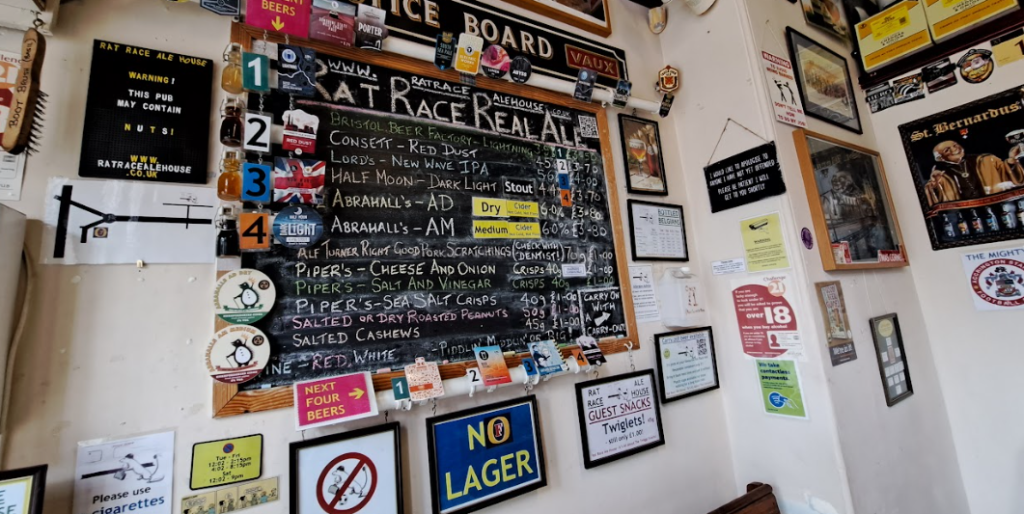Book train tickets to Manchester
Manchester has a number of different train stations, depending on where you’d like to go. But which trains go where and how do you get between the stations? We’re here to help with our handy guide to Manchester train stations.
What’s in this blog?
Whether you’re looking for how to get between the Manchester train stations or what you can expect from each one, we’ve got you covered. Simply click on a section to skip to the part you’d like to read:
- What are the Manchester train stations?
- Getting between the Manchester train stations
- Planning your trip to/from Manchester train stations
What are the Manchester train stations?
If we’re sticking to the city centre of Manchester, then you’ll find four stations:
- Piccadilly
- Oxford Road
- Deansgate (Formerly Deansgate GMex)
- Victoria.
Piccadilly, Oxford Road and Deansgate are all located in a straight line in the south of the city centre, while Victoria sits to the north.
Piccadilly
With 14 platforms, Piccadilly is by far the largest of the Manchester train stations. It’s split into two sections, with the ‘main’ part of the station housing the terminating platforms (1-12) with the other platforms (13-14) being a little further away.
What’s the station like?
You’ll find Manchester Piccadilly to be a modern and welcoming station with a variety of shops and other useful facilities.
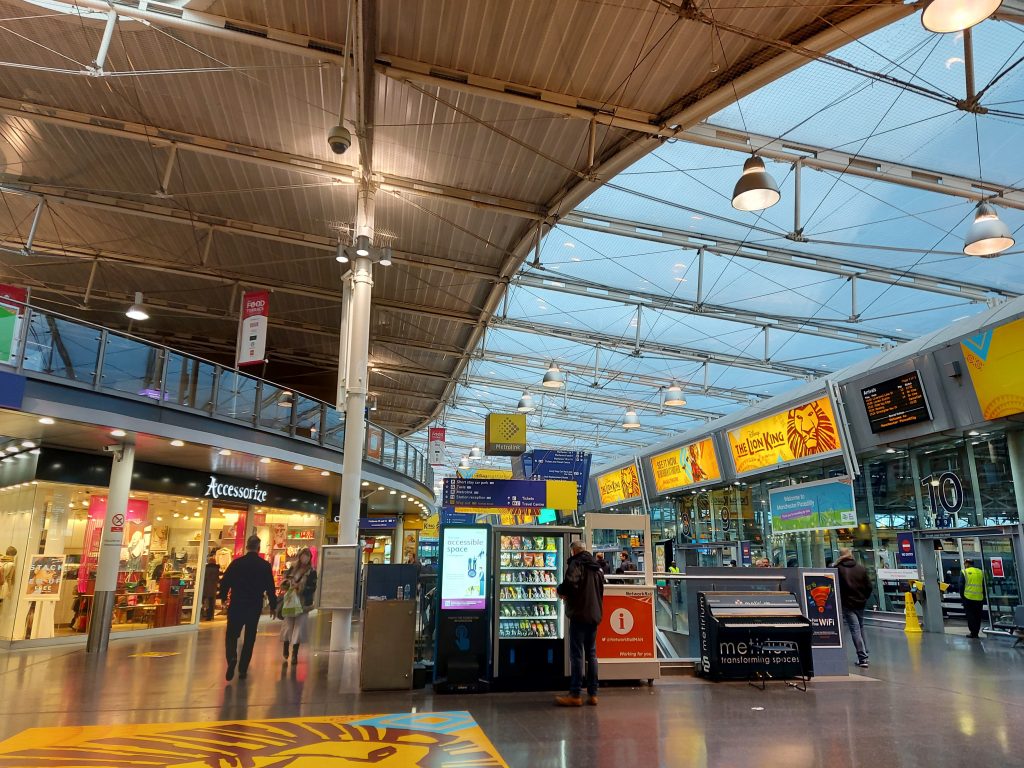
Most of the shops and facilities are located on the main concourse (pictured above) which can be accessed from either Piccadilly itself, Metrolink trams or Fairfield Street (via escalators/lifts). On the upper level of the concourse (pictured top left) you’ll find a number of sit-down restaurants, such as TGI Fridays and Yo! Sushi.
To access any of the platforms, you’ll need to have a valid ticket. Despite operating as just one station, these ticket barriers are operated in three different ways. The higher numbered platforms are accessed by manual ticket checks (such as by the staff member in the lower right of the photo above).
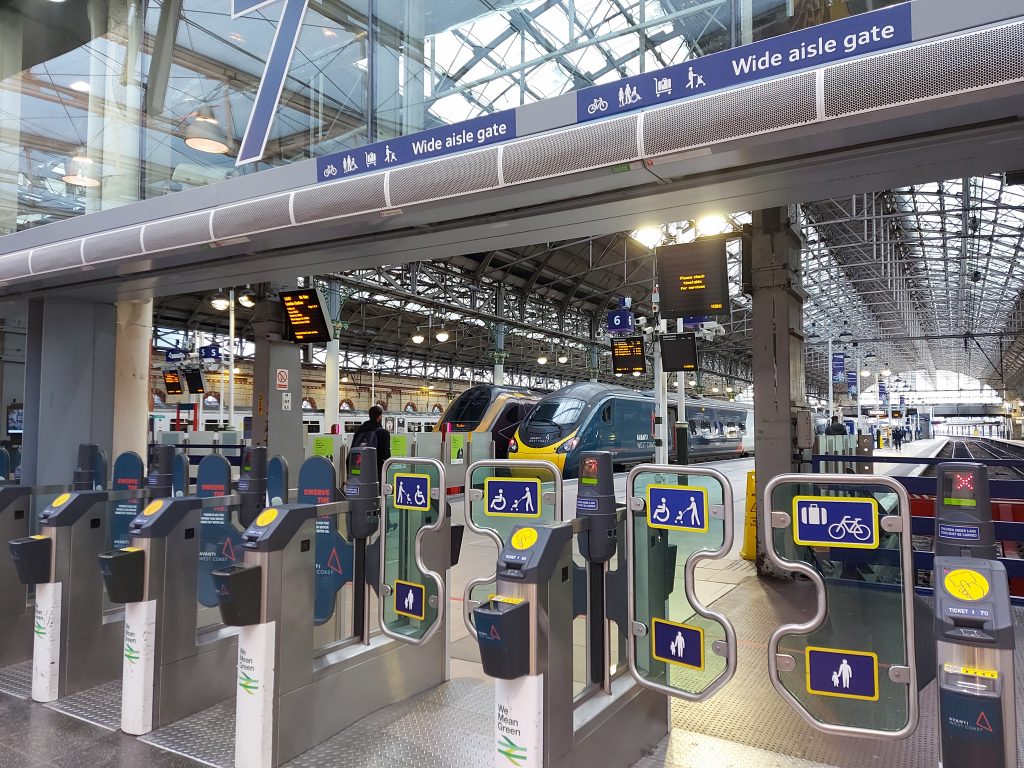
The lower numbered platforms are split into two different sets of ticket gates. This is because part of them are staffed by Northern and others have staff from Avanti West Coast. Always check your platform number carefully as it isn’t possible to change platforms (other than by passing back through the gates or using the footbridge at the opposite end) by swapping between the sets of ticket gates.
Platforms 13 and 14
If a train is stopping at Manchester Piccadilly on the way from one place to another, then it’s likely to use platforms 13 and 14. These are located to the south end of the station and are a little further from the main station concourse.
To access them, you have two options. If you’re entering from the main station entrance and don’t have anything heavy to carry, you may find it easier to simply enter by any platform and use the footbridge. When you’re on the footbridge, turn right and follow the signs. If you have more to carry or you’ve come in from Fairfield Street or the Metrolink tram, head towards platforms 10 and 11. From here, there are two travelators that will take you up to the smaller concourse.
The platforms themselves aren’t the nicest place to wait and don’t have an awful lot of shelter. They’re also quite narrow and receive a lot of trains. For that reason, it’s likely best to hang around in the waiting area until your train is due.
Getting between platforms
Going from platforms 13 and 14 to the rest of the station? You can just follow the signs:
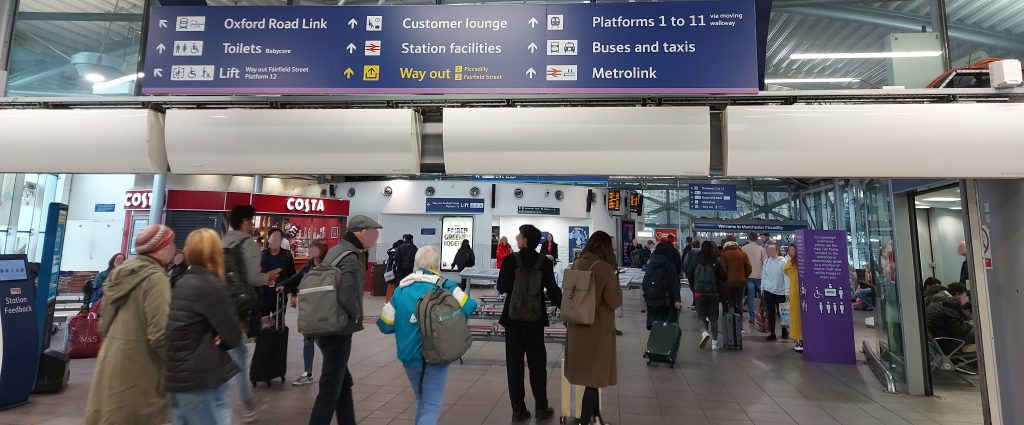
Behind the Costa in this picture, you’ll find a lift. This provides direct access to and from the Fairfield Street exit. If you’re after direct access to platforms 1 to 11, then you may find it faster to ignore the signage and instead turn right. Be aware that there’s no step-free access if you do this, so follow the signage to the travelator if you need it.
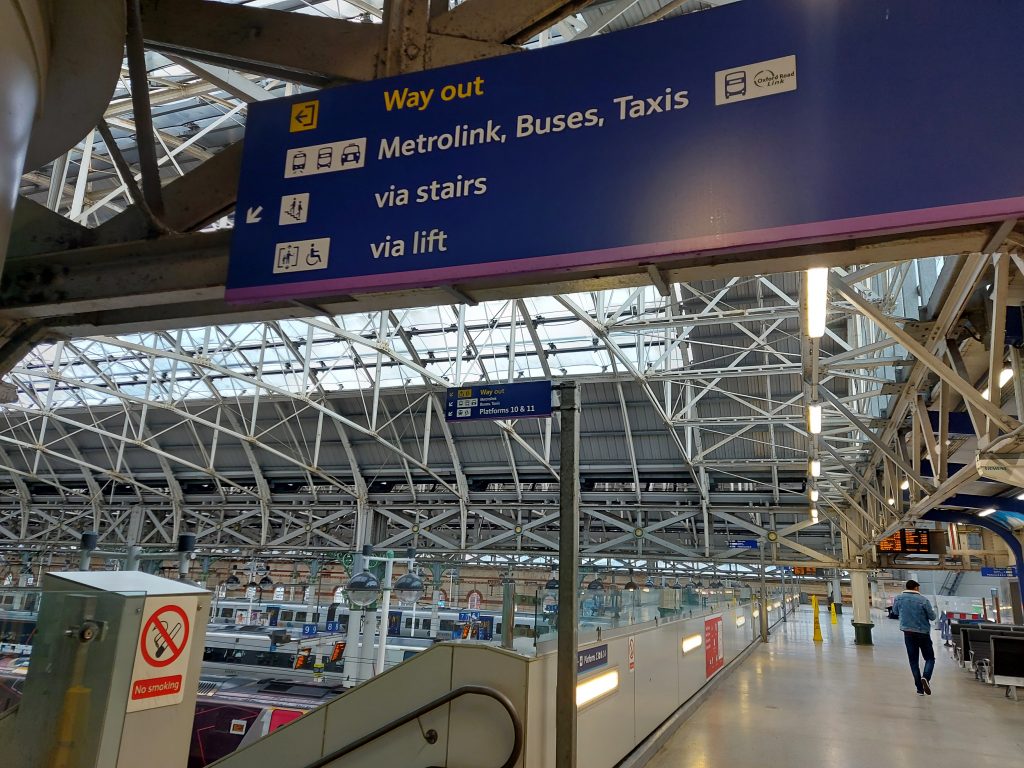
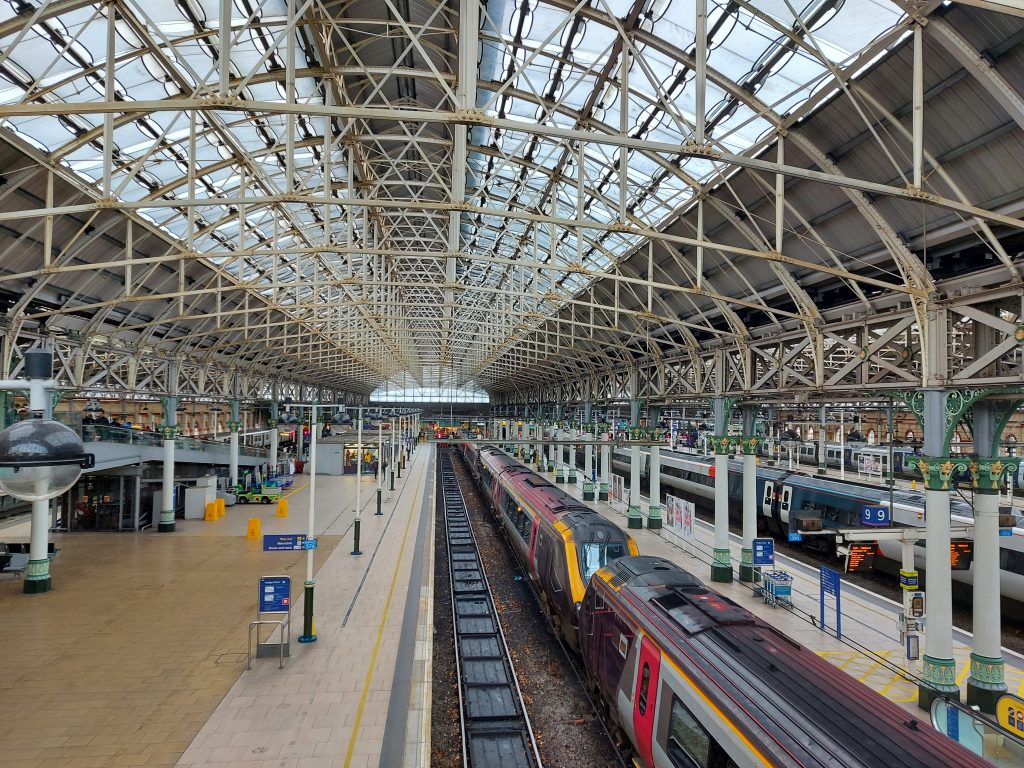
By turning right, you’ll find yourself on the bridge at the south end of the platforms. Double-check which platform you need on the screens (just visible in the left-hand picture) and simply pop down the stairs on the right one. One last thing though, if you need platform 12 you cannot do this. It can only be accessed by going onto the main concourse first.
Getting to and from the station
So now we know the basics of getting around the station, let’s take a look at how to access it in the first place. If you’re approaching or leaving on foot, you’re probably going to want Piccadilly itself:
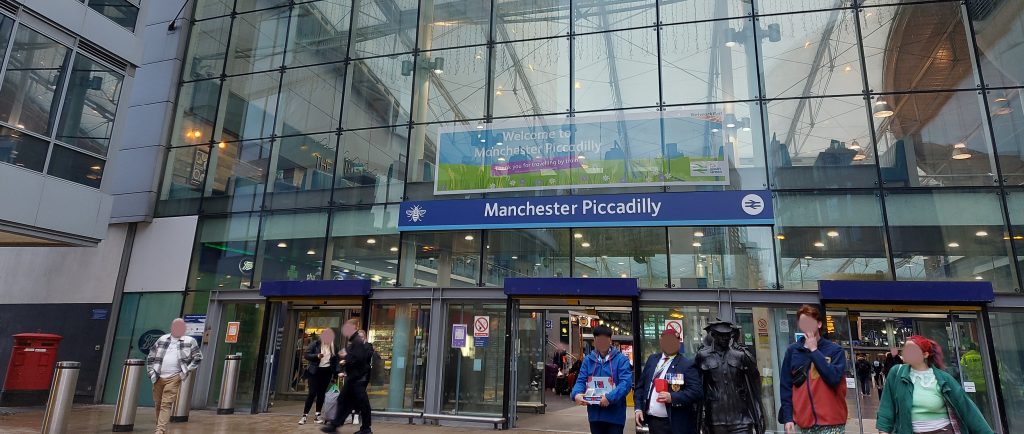
On the approach to Piccadilly, you’ll also find a variety of shops and eateries. Some rail replacement bus services also leave from here, as well as the free buses around the city centre.
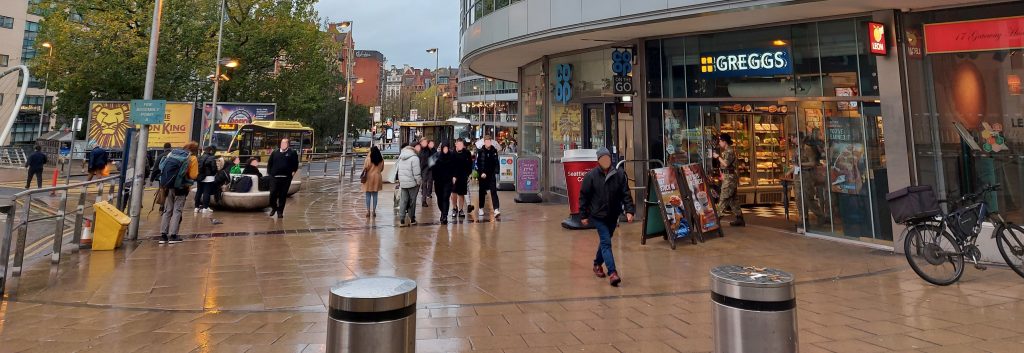
Alternatively, if you’re catching a taxi or tram, you’ll need to follow signs for Fairfield Street. The tram stop is just down the first escalator and on your left. The Fairfield Street exit is at the bottom of the next escalator, where you can access the main road as well as the taxi rank.
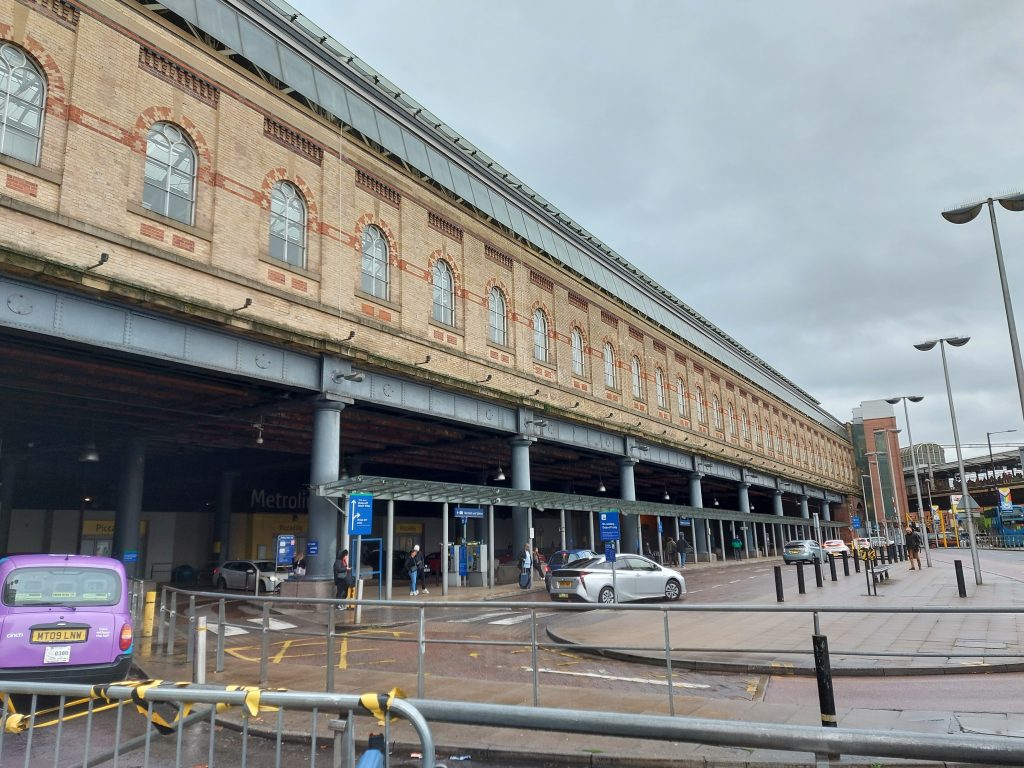
To the right of this photo, you can see the lift shaft for the direct lift connection to the platform 13 and 14 concourse. This makes it ideal if you have a lot of luggage or a mobility issue and need quick access to these platforms.
Which trains go there?
The possibilities are endless! This station certainly has the greatest variety of destinations out of all of the Manchester train stations. Here are some of the key services:
- Avanti West Coast to London Euston
- CrossCountry to Birmingham New Street, Reading and Bournemouth (limited service to Bristol)
- East Midlands Railway to Liverpool Lime Street, Sheffield, Nottingham and Norwich
- Northern to Hadfield, Rose Hill, Buxton, Chester, Blackpool North, Crewe, Stoke-on-Trent, Sheffield, Hazel Grove, Southport, Barrow-in-Furness and Windermere
- TransPennine Express to Hull, Redcar Central, Cleethorpes, Huddersfield, Edinburgh and Glasgow Central
- Transport for Wales to Llandudno, Holyhead, Cardiff Central, Swansea and West Wales
You’ll also find a regular service to Manchester Airport operated by a variety of companies.
Victoria
The next largest of the Manchester train stations is Victoria. It’s had a major refurbishment in recent years, giving it a much airier feel compared to times past. However, platforms 3 to 6 do still have an arena on top of them, so it sometimes isn’t the nicest place to wait!
What’s the station like?
The concourse itself is bright and airy, and has a number of different shops and eateries to choose from. The tram stop is integrated into the new building, too.
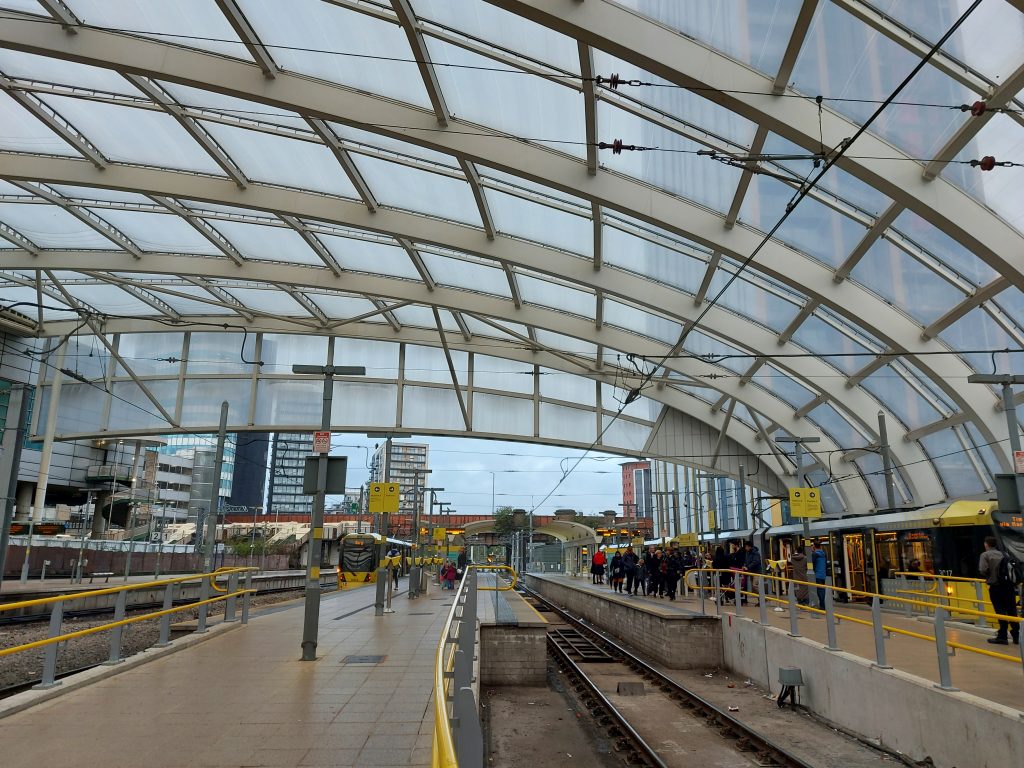
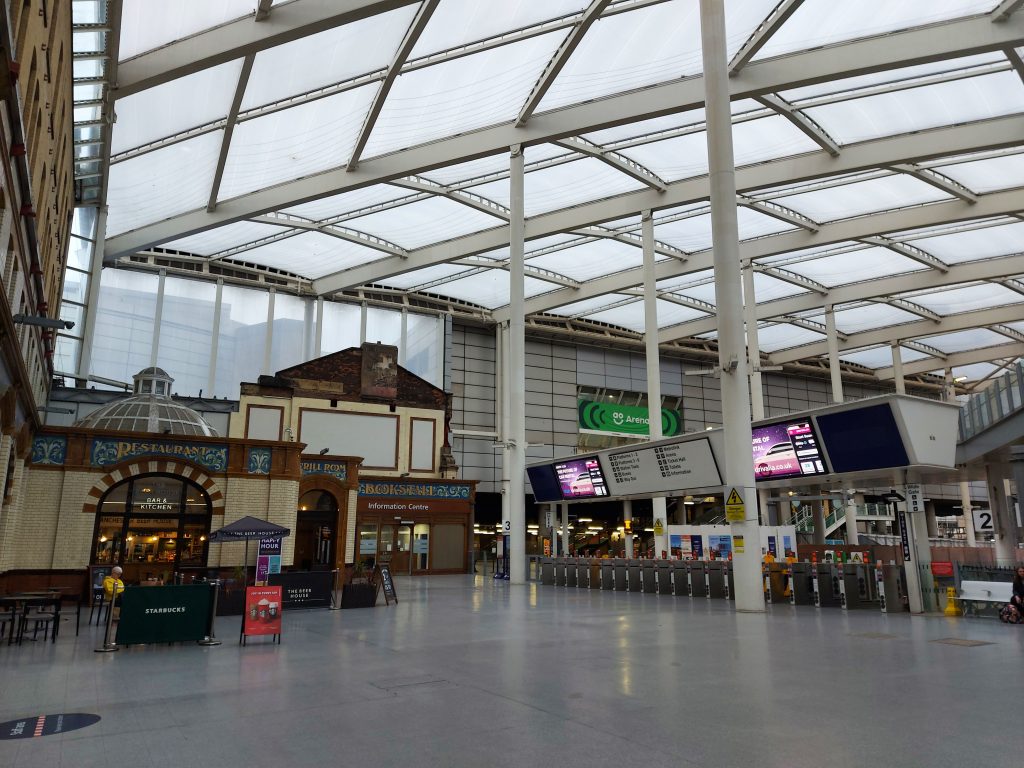
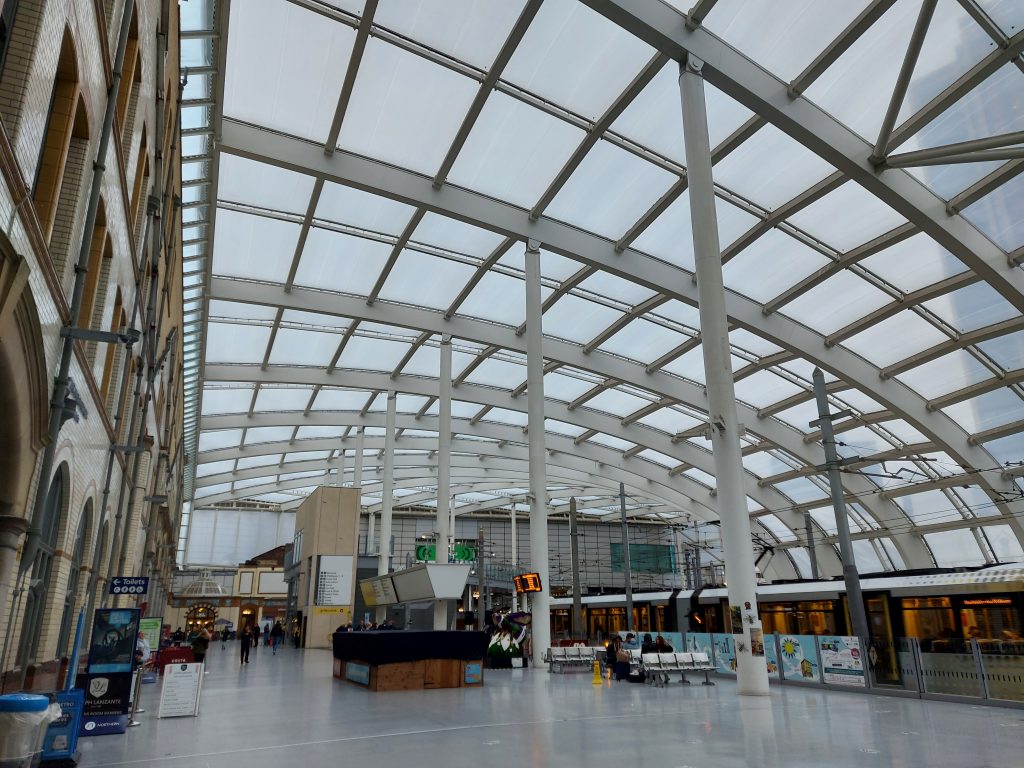
As you enter the station, the ticket office windows will be on your left hand side. They’ve been retained in a sympathetic heritage style, and contrast nicely with the new overall roof. Don’t forget to take a look at the tiled Lancashire and Yorkshire Railway map, too.
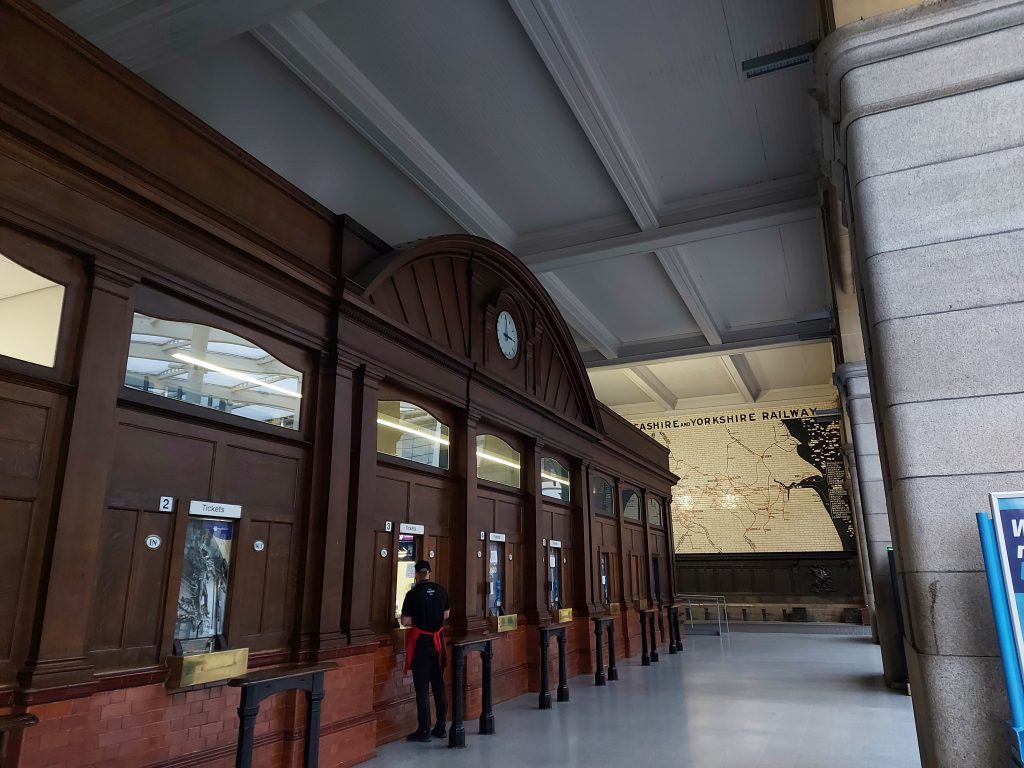
As for the platforms themselves, you’ll find 1 and 2 straight in front of you when you go through the gates. Platform 3 will be on your left, while 4, 5 and 6 are over the footbridge.
The amount of natural light on 1 and 2 compared to 3 to 6 is quite literally, night and day:
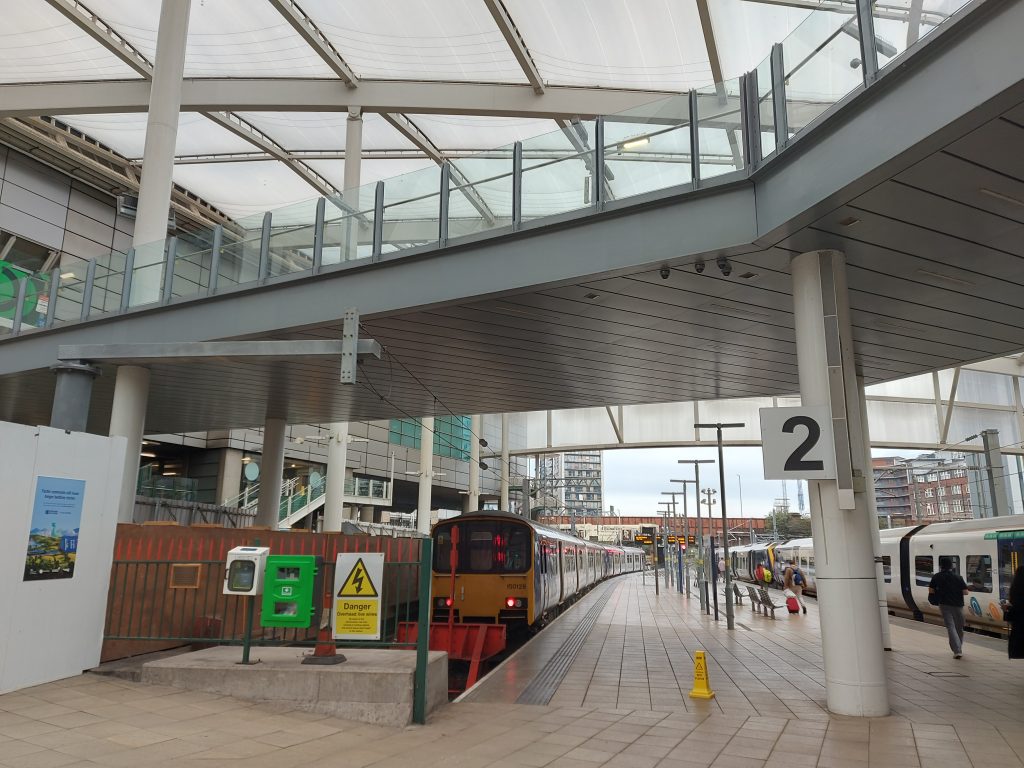

Getting to and from the station
As mentioned above, the tram stops are in the same station complex as the train, so it’s really easy to transfer. If you’re leaving the station, you’ll find that the exits lead to Corporation Street or Station Approach.
Corporation Street is best if you’re heading for the Arndale Centre, Printworks or Shudehill Interchange. The bus stop for the free bus towards Piccadilly or elsewhere in the city centre is outside the Station Approach entrance.
To get to Shudehill Interchange, it’s possible to take the tram one stop, but it’s likely to be faster to simply follow the Corporation Street exit and walk straight ahead next to the tram tracks. It’s uphill, but will only take you a few minutes to walk unless you have mobility issues or a lot of luggage.
Which trains go there?
Victoria is the best of the Manchester train stations for trains throughout North Manchester and Lancashire, as well as those to York and Newcastle. Here’s what you can expect:
- Northern services to Liverpool Lime Street (peak hours only), Stalybridge, Rochdale, Leeds (via Bradford Interchange), Blackburn (via Burnley Manchester Road), Clitheroe, Wigan North Western, Kirkby, Southport and Chester
- TransPennine Express to Liverpool Lime Street, Manchester Airport, Redcar Central and Newcastle.
Oxford Road
Located near the two universities and trendy Canal Street, there’s plenty going on around Oxford Road. It’s just a small station with five platforms packed in, but it’s served by many trains heading from east to west and vice-versa.
What’s the station like?
Located on a very busy stretch of railway, Oxford Road does well to squeeze in five platforms in such a small space. There’s a small concourse and area with ticket gates, with platforms 4 and 5 being in front of you as you enter.
Platforms 1 to 3 are accessed by the footbridge, though platform 1 is rarely used (and doesn’t have any step-free access). There are very few shops/eateries within the station itself, but Oxford Street itself has a variety of supermarkets, bars and cafes.
The most notable feature of the station is the wooden station canopies (left-hand side of the image below) which are listed. You’ll find that the waiting rooms on the platforms are designed to mimic this design:
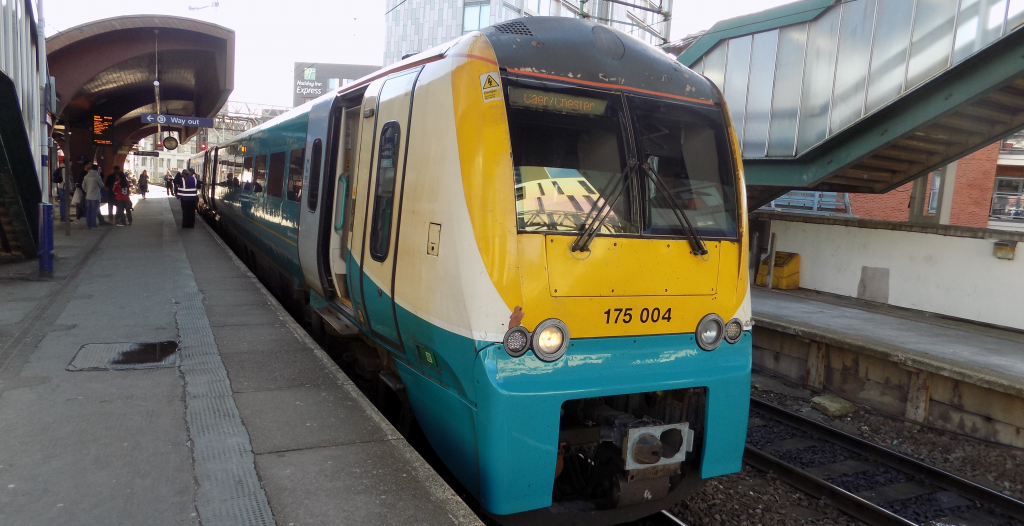
Getting to and from the station
Unlike the other Manchester train stations, there’s no direct tram link to Oxford Road. Instead, you’ll need to take a short walk to St Peter’s Square.
In terms of entering and leaving the station, the main station building leads into a forecourt with two exits. If you want to head towards St Peter’s Square or Whitworth Street, follow the road ramp down. This is also the only step-free exit. For Oxford Road itself, you can also keep right and follow a set of stairs which will be faster for accessing bars, shops and the university campuses.
Oxford Road station has a number of bus stops directly on Oxford Street (under the railway bridge). Here’s where they’ll take you:
- Stop A: 85/86 to Chorlton, 85A to Arrowfield Estate, 250 to the Trafford Centre, 263 to Altrincham
- Stop B: 15 to Flixton, 18 to Manchester Royal Infirmary, 41 to Sale, 42 to Stockport via East Didsbury, 42A to North Reddish, 42B to Bramhall & Woodford, 42C to Handforth Dean, 43 to Airport, 44 to Altrincham, 111 to Chorlton, 142/143 to East/West Didsbury, 197 to Stockport via Heaton Moor, V1/V2 to Manchester Royal Infirmary.
You’ll also find bus stops on Whitworth Street West (bottom of the ramp) and further up Oxford Street in both directions.
Which trains go there?
A number of different operators serve Oxford Road. Here’s what you can expect:
- East Midlands Railway to Liverpool Lime Street, Sheffield, Nottingham and Norwich
- Northern to Blackpool North, Crewe, Hazel Grove, Southport, Barrow-in-Furness, Windermere, Liverpool Lime Street and Manchester Airport
- TransPennine Express to Redcar Central, Edinburgh, Glasgow Central and Manchester Airport
- Transport for Wales to Llandudno, Holyhead and Manchester Airport.
Deansgate
If you’re looking to visit the Castlefield Gallery or some of the bars and restaurants on Deansgate Locks (or Deansgate itself), this is likely to be the best station for you.
What’s the station like?
Deansgate is the smallest of the Manchester train stations and is situated on a very busy stretch of railway. There’s a small ticket office located downstairs under the railway line and two platforms built on a raised viaduct.
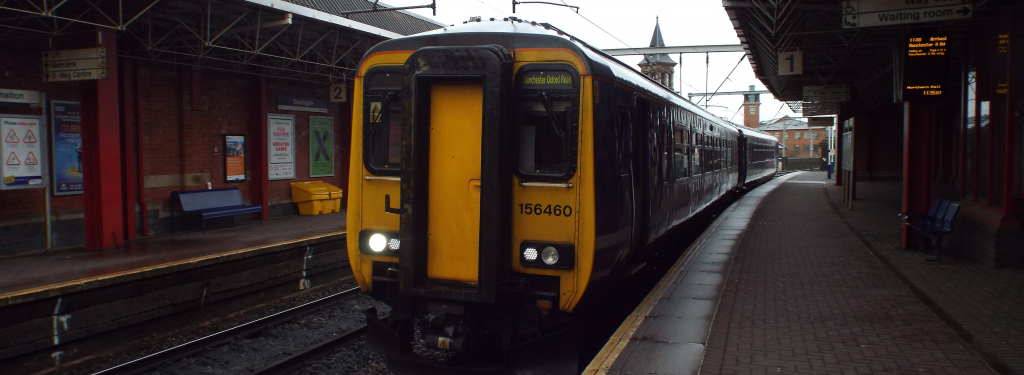
Getting to and from the station
There’s a direct footbridge connection to Deansgate-Castlefield tram stop from the Manchester-bound platform. On the street below (Whitworth Street West) you’ll also find a number of local bus routes to choose from:
- Stop C: 255 to Stretford, Urmston & Partington, X50 to Trafford Centre (Express)
- Stop D: free bus 3 to Piccadilly Station (Mon-Sat evenings only), 255 and X50 to Piccadilly Gardens.
Which trains go there?
All trains that serve Deansgate are operated by Northern. Heading west, they’ll take you to Liverpool Lime Street, Blackpool North, Southport and Barrow-in-Furness. Going east, you can travel to Manchester Piccadilly and Manchester Airport.
Getting between the Manchester train stations
First of all, let’s take a look at where all of these stations are located in Manchester city centre:
As you can see, three of the Manchester train stations (Piccadilly, Oxford Road and Deansgate) are located close together. There’s a regular rail service between all three, and a regular tram service between Piccadilly and Deansgate.
The most common connection that you’re likely to want to make is between Victoria and Piccadilly or vice-versa. Let’s take a look at how we do that, first.
Piccadilly <-> Victoria
When it comes to changing between these two Manchester train stations, you have a couple of options. Let’s take a look at taking the tram, the bus and walking.
Metrolink tram
First of all, you can take the Metrolink tram. Just pop down the escalator/lift near platforms 10 and 11 if you’re at Piccadilly. If you’re travelling from Victoria, just head out of the ticket gates and turn left after a minute or so. You can’t miss the trams! Most tickets across Manchester don’t include the tram fare (unless you have a ticket issued to Manchester Central Zone or ‘Manchester CTLZ), so you’ll need to pay for it separately.
A single ticket for zone 1 will cost £1.40 for an adult (as of November 2022). You can either purchase a ticket from a ticket machine on the platform or use one of these contactless readers with your bank card:
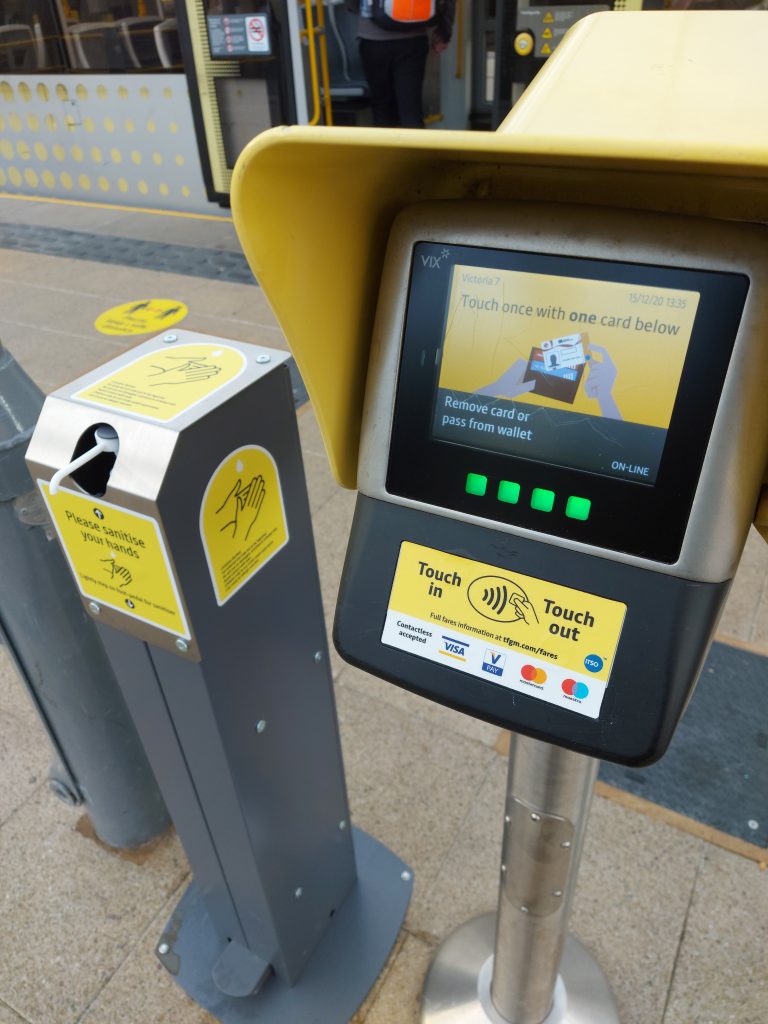
If you choose to pay contactless, just remember that you’ll also need to touch out at the end. It’s not possible to buy tickets on board trams, and penalty fares do apply.
The journey takes around 10 minutes and trams run at least every 12 minutes during the day. You’ll need a tram bound for Bury. They’re modern, bright and have plenty of space for luggage. Click here to find out more about Metrolink.
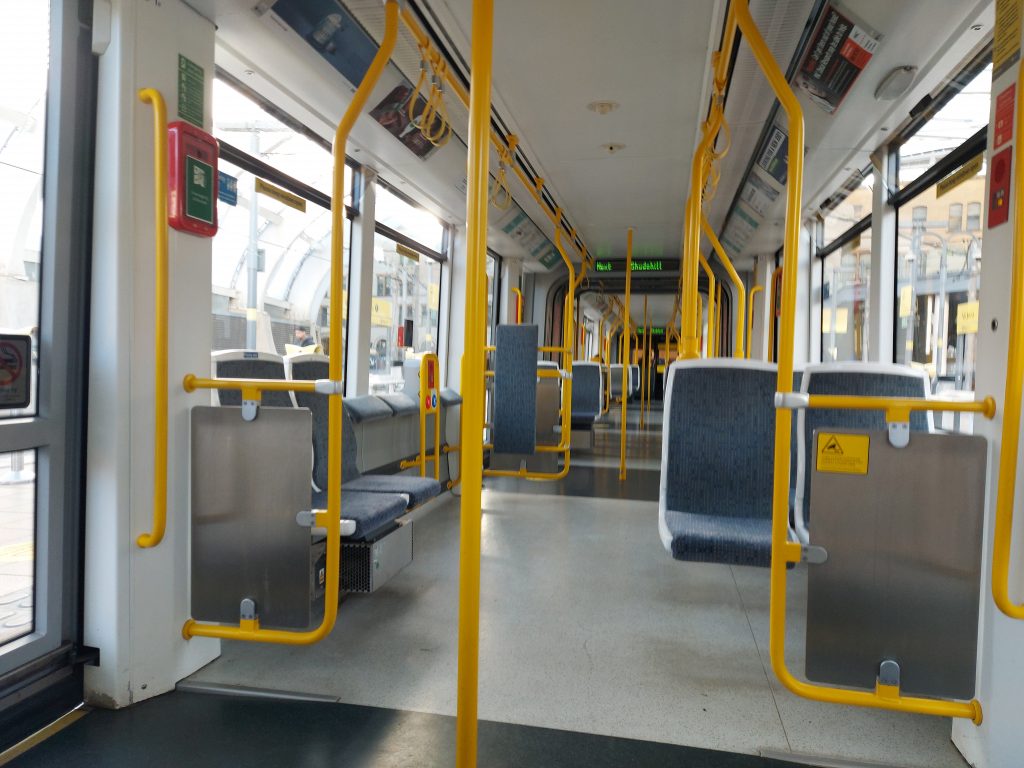
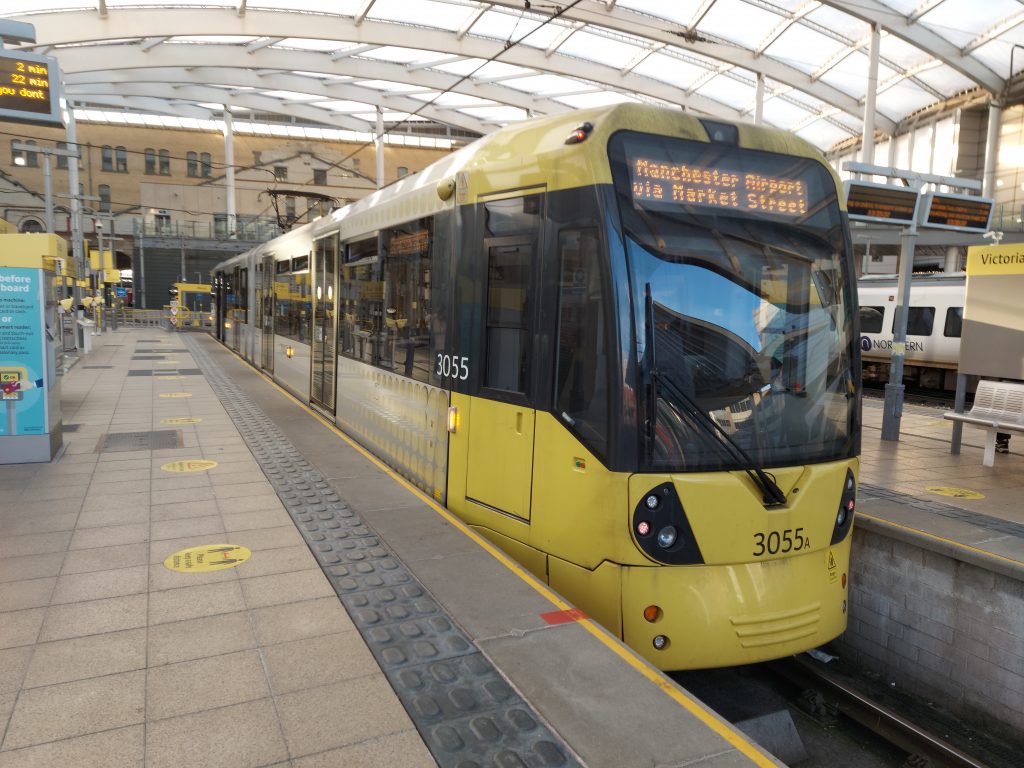
Free Bus
There is a completely free option that’ll keep you out of any wind and rain! One of the free bus routes in Manchester will take you between Piccadilly and Victoria stations without any fuss. Bear in mind though that this bus runs in a loop. This means that while it’s a relatively short trip from Piccadilly to Victoria, it takes a lot longer to go the other way.
To get there you’ll want the free bus number 2, which leaves from the near the main entrance of Piccadilly. Simply walk out of the station and keep left. The bus stop is well-branded:
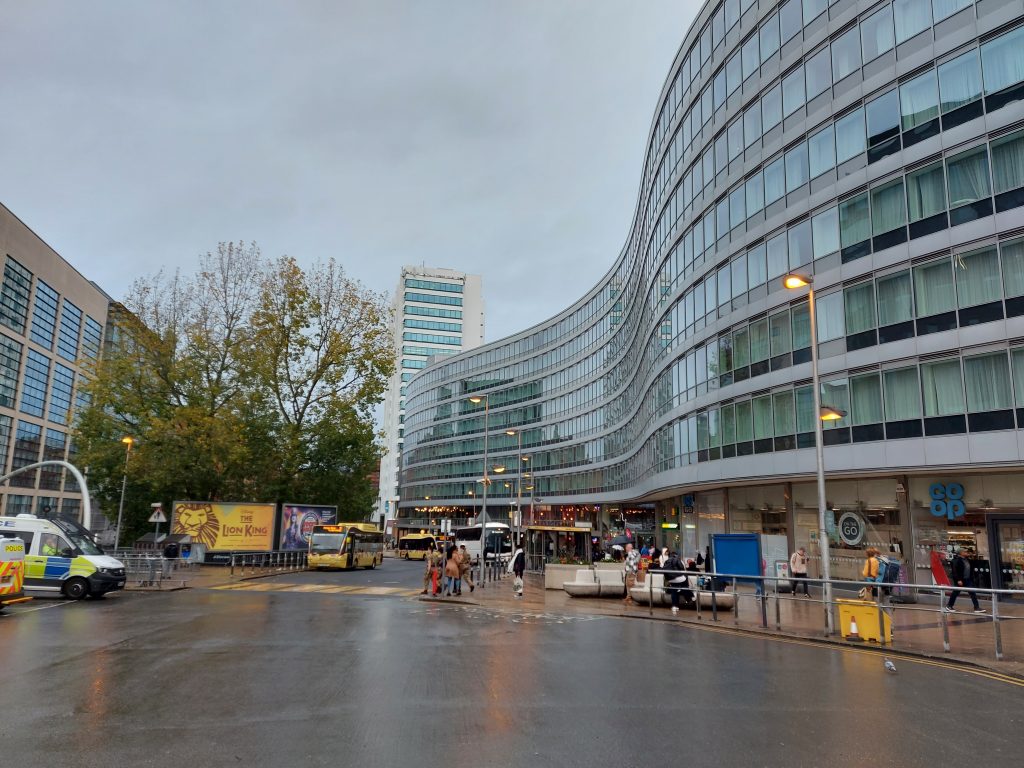
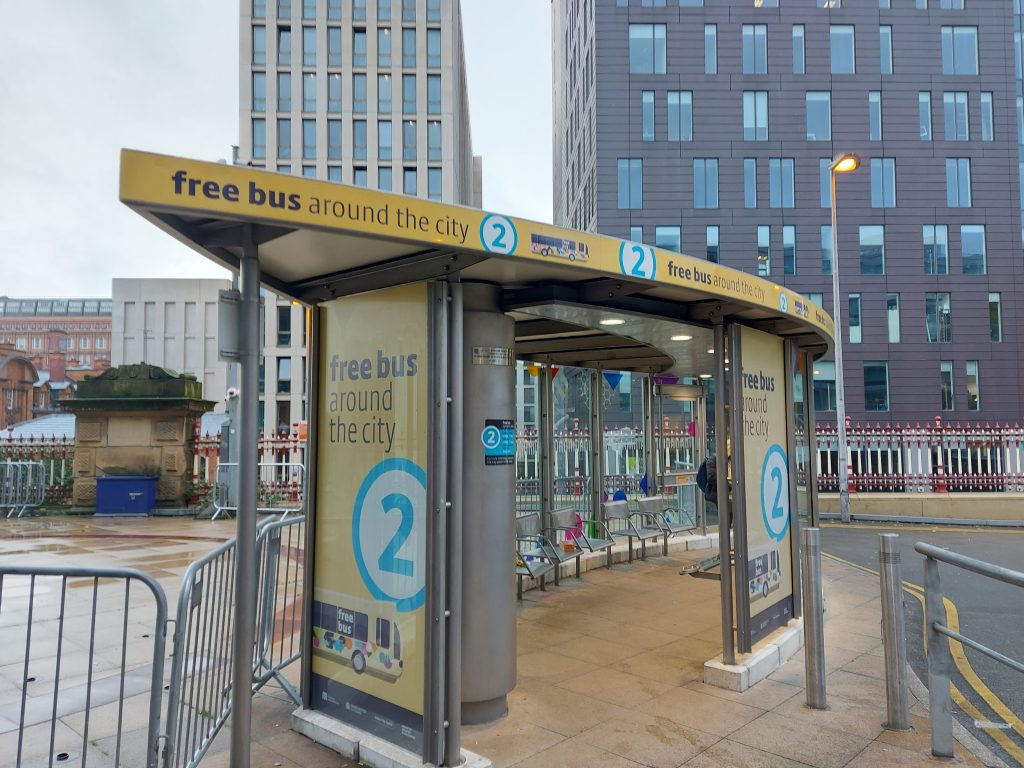
Keep an eye out for the yellow bus coming (left image, mid-left). They run every 10 minutes during most of the day, so you won’t be waiting too long. When you board, there’s no need to do anything, except say hello to the driver! There are next-stop announcements too, to keep you in the loop.
In the evenings, route 3 also operates. This runs on a slightly different route, but connects Piccadilly, Victoria, Deansgate and Oxford Road. It leaves from the same stop as the number 2.
If you’re travelling from Victoria, turn right after the ticket office and exit onto Station Approach. Like we said though, it’s a much slower (around 25 minutes) journey to Piccadilly than from there.
Click here to find out more about the free bus.
Walk!
If you’re not in a rush or the weather is nice, it’s perfectly possible to walk between the two stations. Here’s a map with a possible walking route on:
Heading out of Piccadilly, as you can see, it’s quickest (and most straightforward) to head straight out of the main entrance. From there, just keep heading straight on until you find yourself going under the Arndale Centre with tram tracks running from right to left in front of you. From here, you can turn right and follow the tram tracks.
Doing this in reverse? Simply follow the tram tracks out of the station entrance and keep right (don’t follow the set of tracks that go uphill). When you reach a path that goes underneath the Arndale Centre (you’ll have M&S on your right) turn left and go straight on for about 10-15 minutes. The whole walk in either direction will take 20 minutes for a reasonably fit and healthy person.
Oxford Road & Deansgate <-> Victoria
The easiest way to get between these Manchester train stations continues to be the tram. If you’re travelling between Deansgate and Victoria (and vice-versa), there are direct tram connections between both stations.
Deansgate <-> Victoria
Deansgate is connected to Deansgate-Castlefield tram stop by a bridge (accessed to/from the Manchester-bound platform). Be sure to have your rail ticket ready, as there’s usually someone checking on the bridge.
You’ll need a tram bound for Rochdale Town Centre, Shaw & Crompton, Bury or Victoria. There are two different routes that trams can take, with ones routed via Exchange Square being slightly faster. Overall though, you can expect the trip to take around 10 minutes. Make sure to buy a ticket before you board or touch in with your bank card (pictured above).
If you’re heading in the opposite direction, keep an eye out for the tram stop on the left when you exit the ticket gates at Victoria. Grab a ticket or touch in before you board a tram bound for Altrincham, East Didsbury or Manchester Airport.
When making this journey in either direction, there’s no shortage of available trams, so you won’t have long to wait.
Oxford Road <-> Victoria
Oxford Road is the only one of the Manchester train stations that isn’t connected directly to a tram stop. Instead, you’ll need to take a short walk to St Peter’s Square tram stop.
If you’re doing this from Oxford Road, you’ll need to head down the ramp when exiting the station and turn right followed by a quick left. Cross the road and head up Oxford Street for a few minutes until you reach the Manchester Central Library. The tram stop is located here.
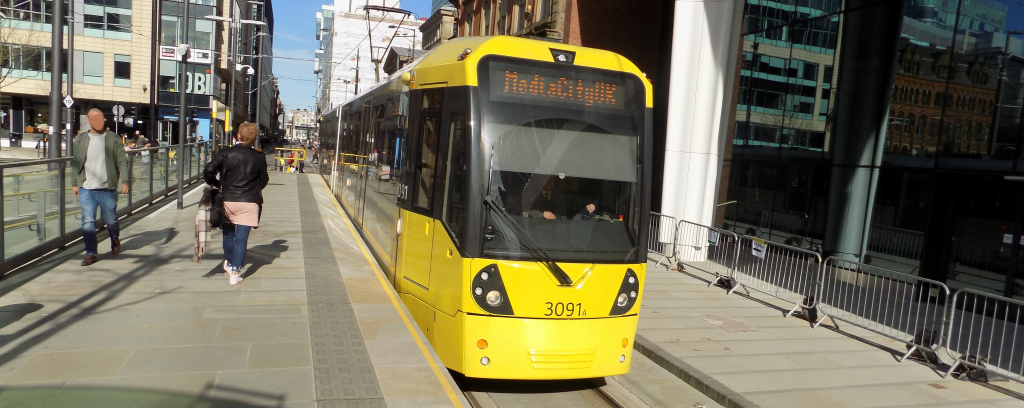
You’ll need a tram bound for Rochdale Town Centre, Shaw & Crompton, Bury or Victoria. There are two different routes that trams can take, with ones routed via Exchange Square being slightly faster. Overall though, you can expect the trip to take around seven minutes. Make sure to buy a ticket before you board or touch in with your bank card (pictured above).
If you’re heading in the opposite direction, keep an eye out for the tram stop on the left when you exit the ticket gates at Victoria. Grab a ticket or touch in before you board a tram bound for Altrincham, East Didsbury or Manchester Airport.
When you get to St Peter’s Square, make sure you’re at the front of the tram and turn left onto Oxford Street. It’s just a short walk to Oxford Road station, which is located up a ramp just off Whitworth Street West. When you get to the junction with Whitworth Street West, turn right and the station is on your left up the ramp.
Again, the tram fare for this journey is £1.40 for an adult. Click here to find out more about Metrolink.
Deansgate <-> Oxford Road <-> Piccadilly
These Manchester train stations are located fairly close together in a straight line. You’ll also find a train service connecting all three, so this is likely to be the most convenient option.
Three trains per hour connect Deansgate with Piccadilly (with a fourth to/from Oxford Road), while there is a very frequent service between Piccadilly and Oxford Road.
If you hold an Super Off-Peak, Off-Peak, Anytime or Season ticket, then any ticket issued to Manchester Stations or Manchester Central Zone is valid to/from any combination of these stations.
Do you have an Advance ticket? You’ll need to stick to the station on your reservation.
Are there any free buses?
If you’re travelling from Oxford Road to Piccadilly (in this direction only), free bus 2 leaves from Oxford Street, which is located a short walk from the station. You’ll need to turn right out of the ramped exit and use the stop outside of Bridgwater House.
On Monday to Saturday evenings, free bus 3 also operates between Deansgate and Piccadilly via Oxford Road (one-way only – the bus continues to Victoria and elsewhere in the city centre).
The bus leaves from ‘Deansgate Station – Stop D‘ when travelling from Deansgate, and Oxford Street (same as free bus 2) at Oxford Road. It only runs between 19:25 and 23:25 on the days mentioned, so it’s ideal if you’re visiting bars and other venues nearby.
Planning your trip to/from Manchester train stations
Ready to book your next journey? The Railsmartr website is here to help. We’ll always offer the cheapest option for your trip and you’ll know exactly which of the Manchester train stations you need.
Looking to save some money on your next trip? Check out our cheap train tickets blog. It even includes a money-saving option for Manchester!
Please note: All information contained on this page, including any service information, is issued without liability. It was correct at the time of publication (November 8, 2022) but may be subject to change. Railsmartr is not responsible for any loss, inconvenience or disrupted travel plans incurred as a result of the information provided. Always check with your rail/bus operator before you travel.










